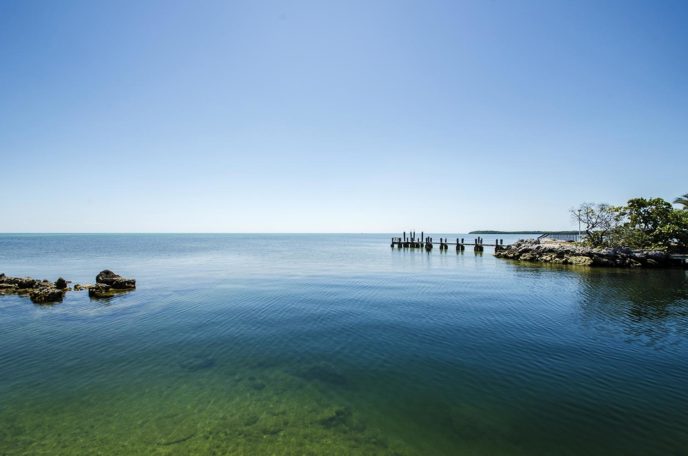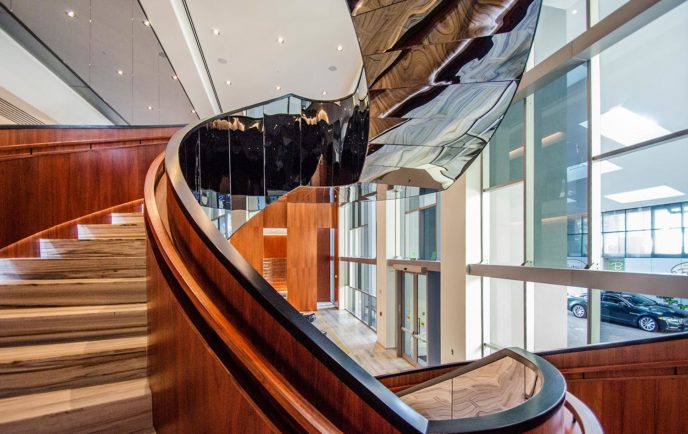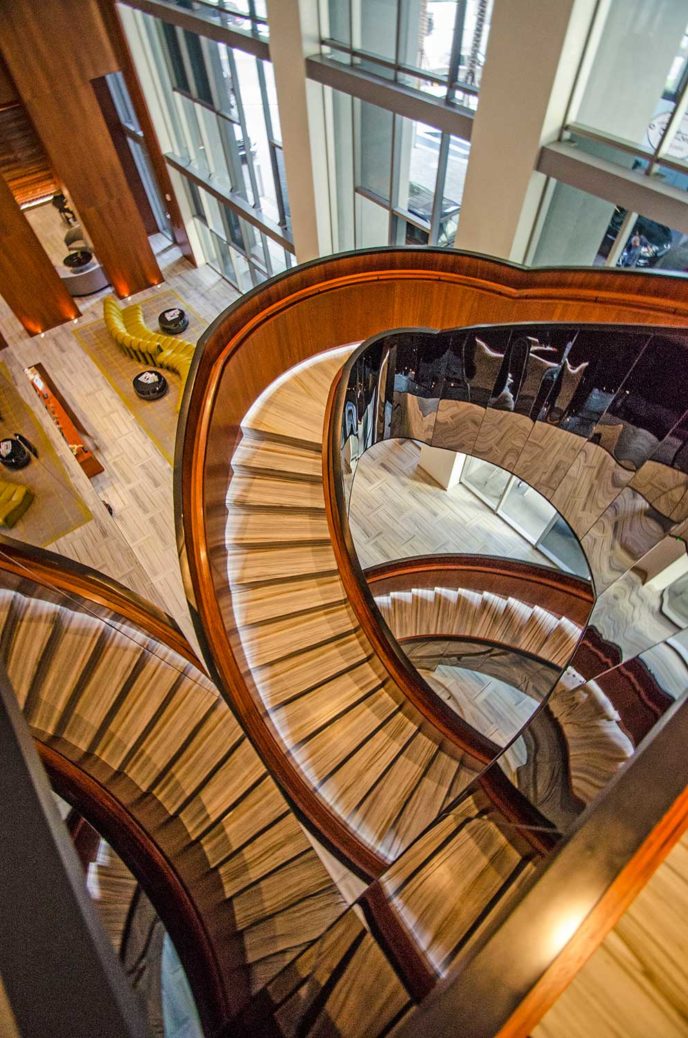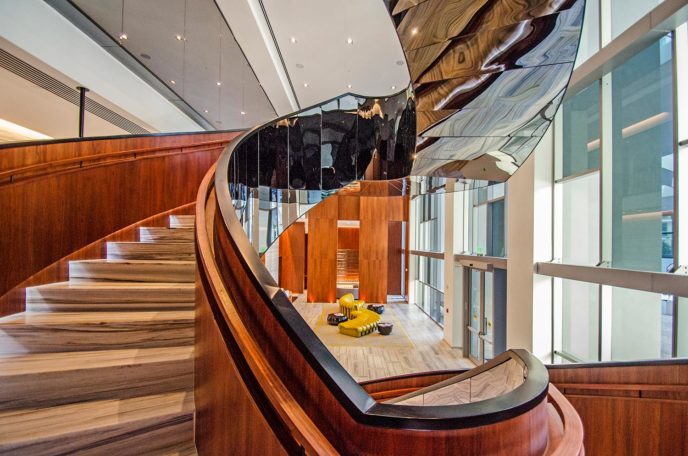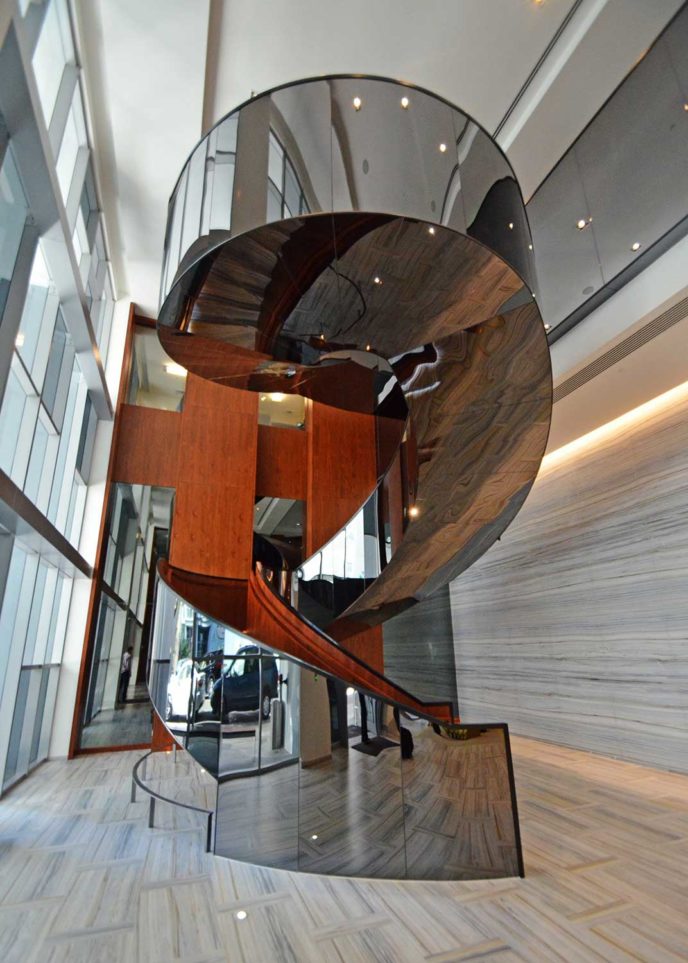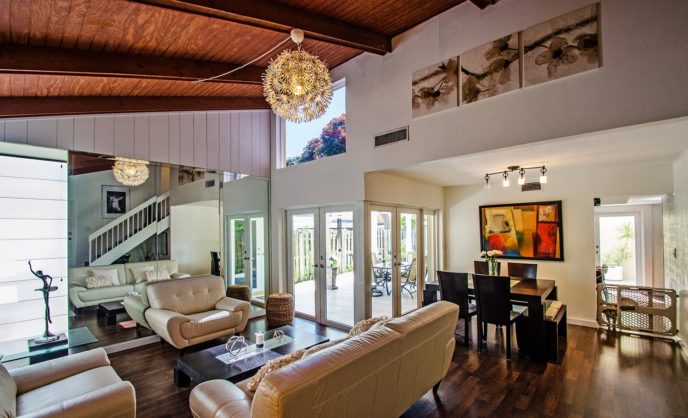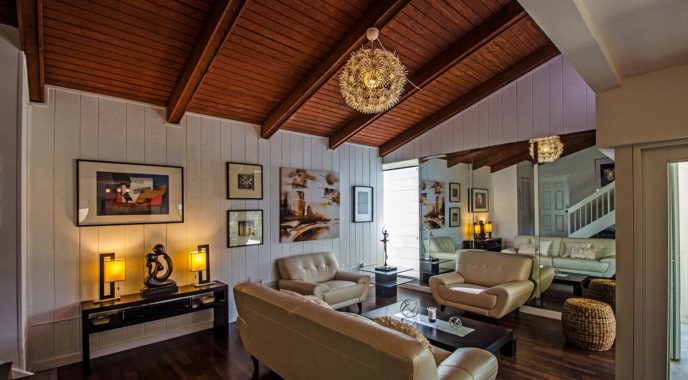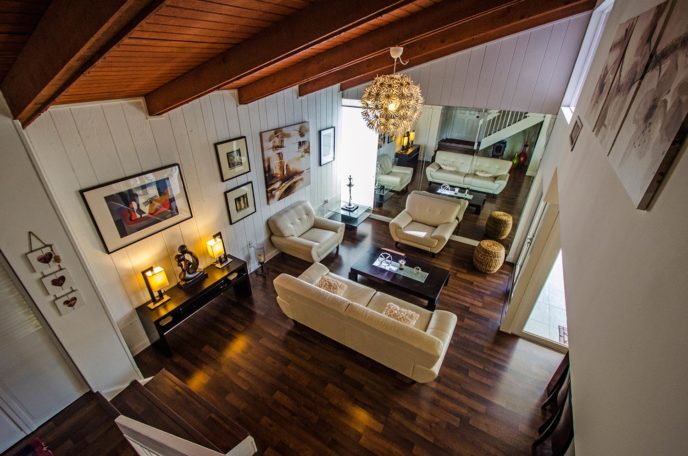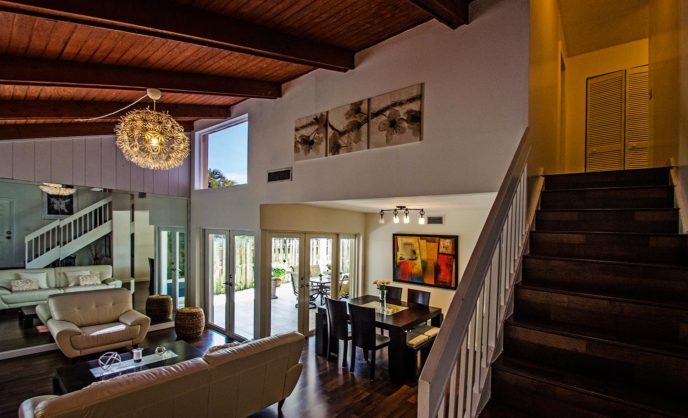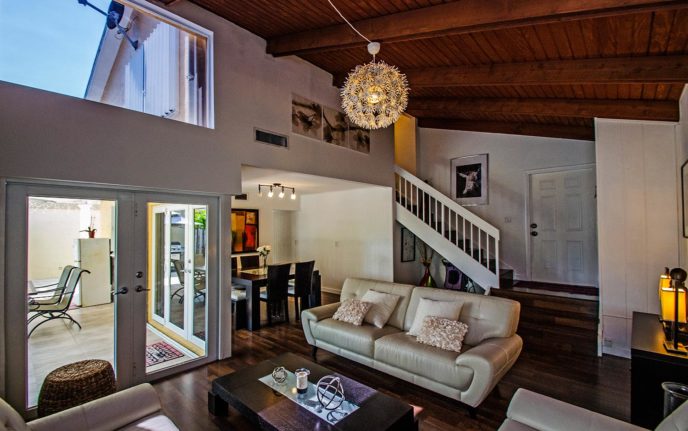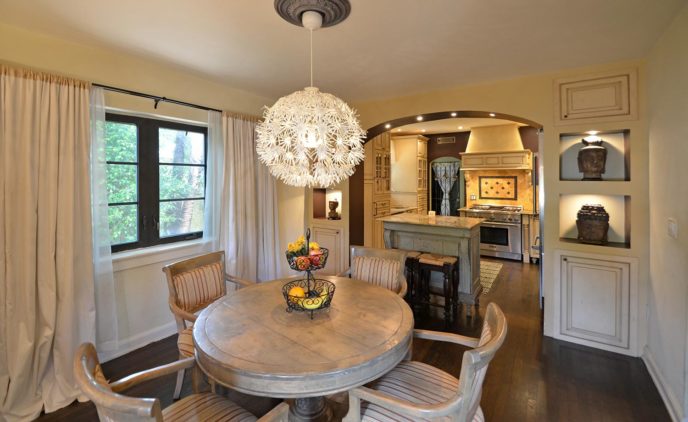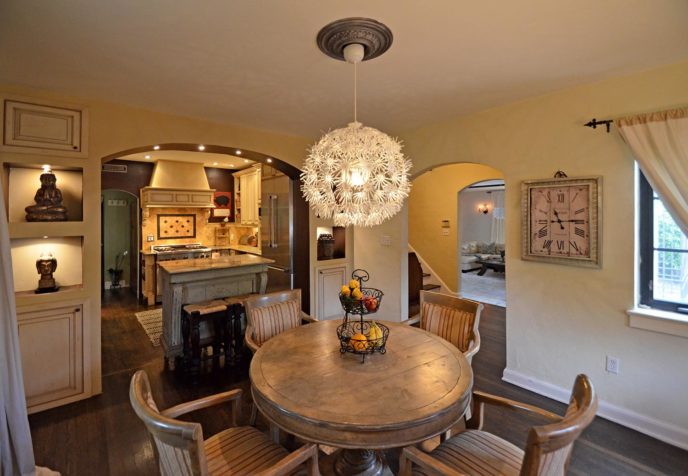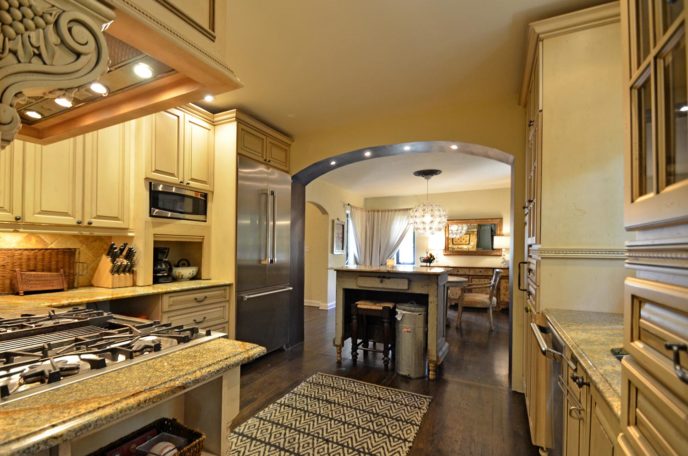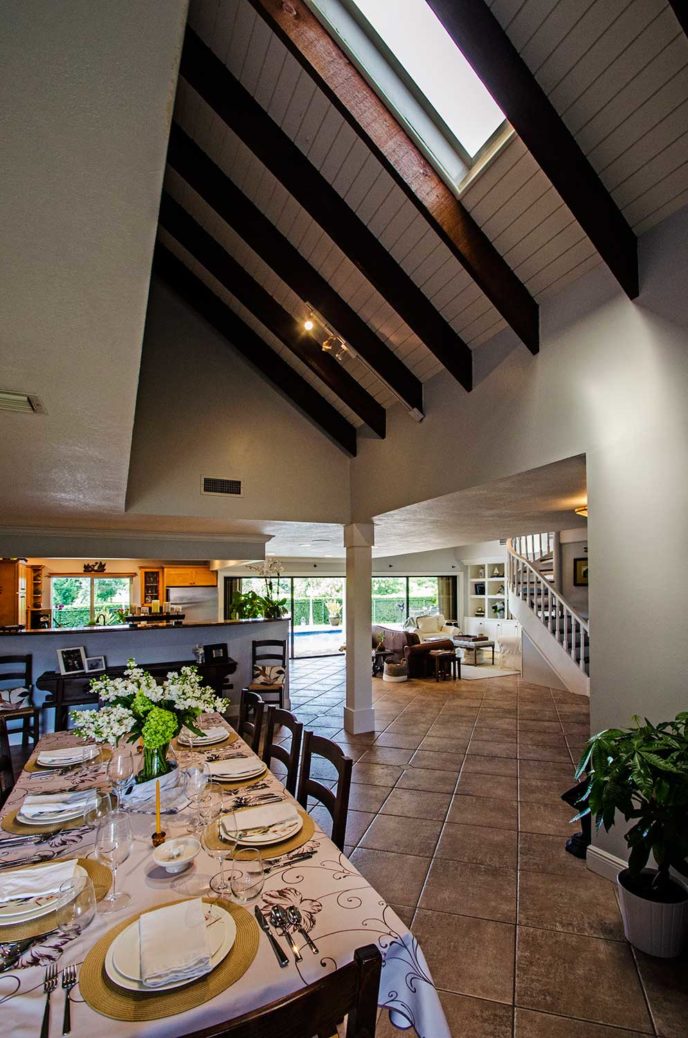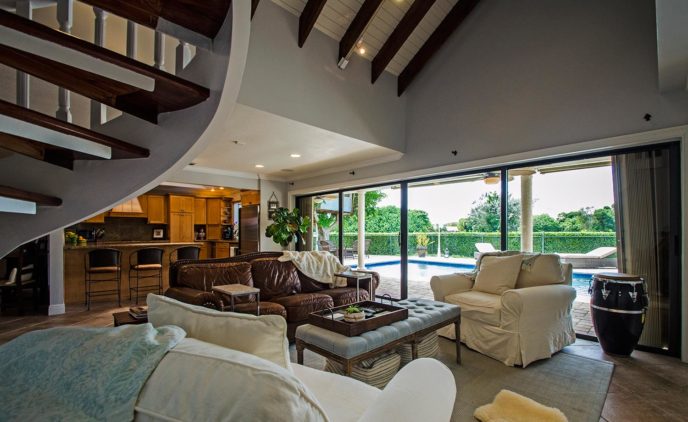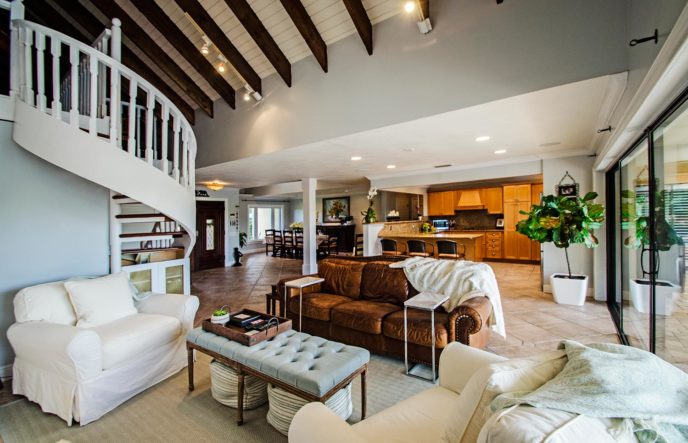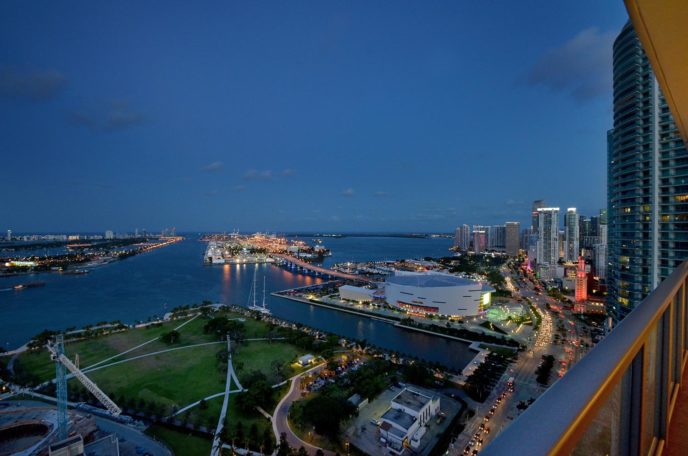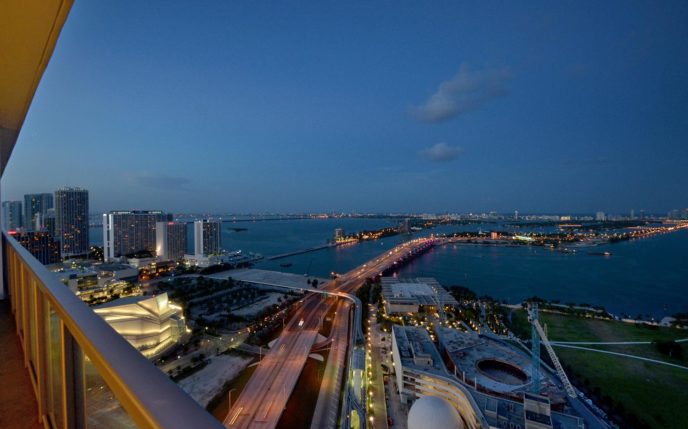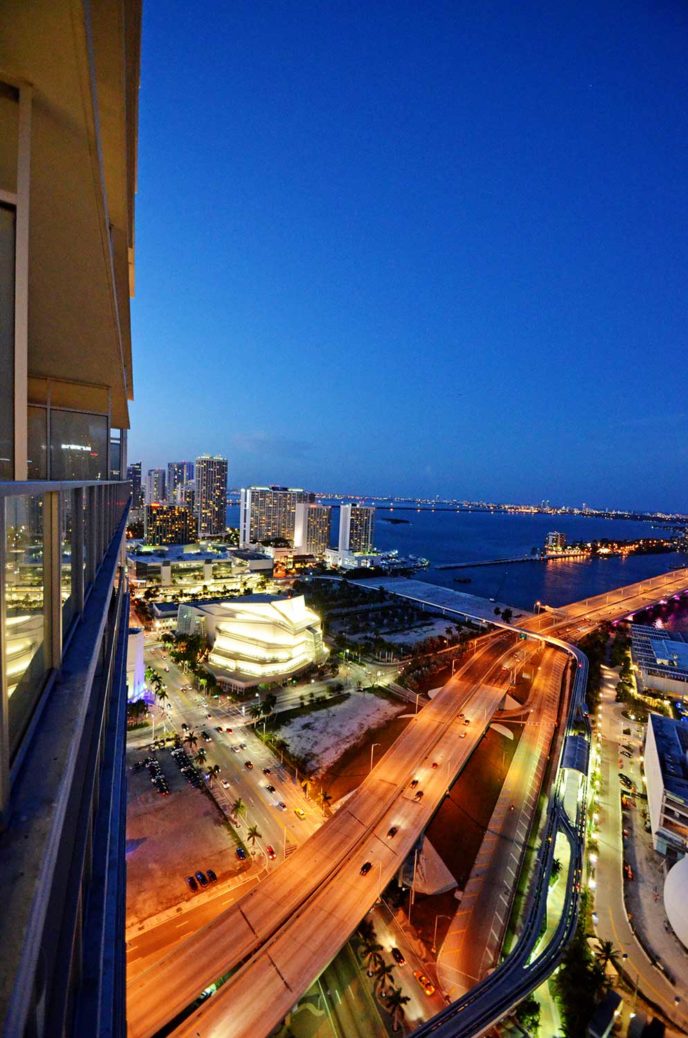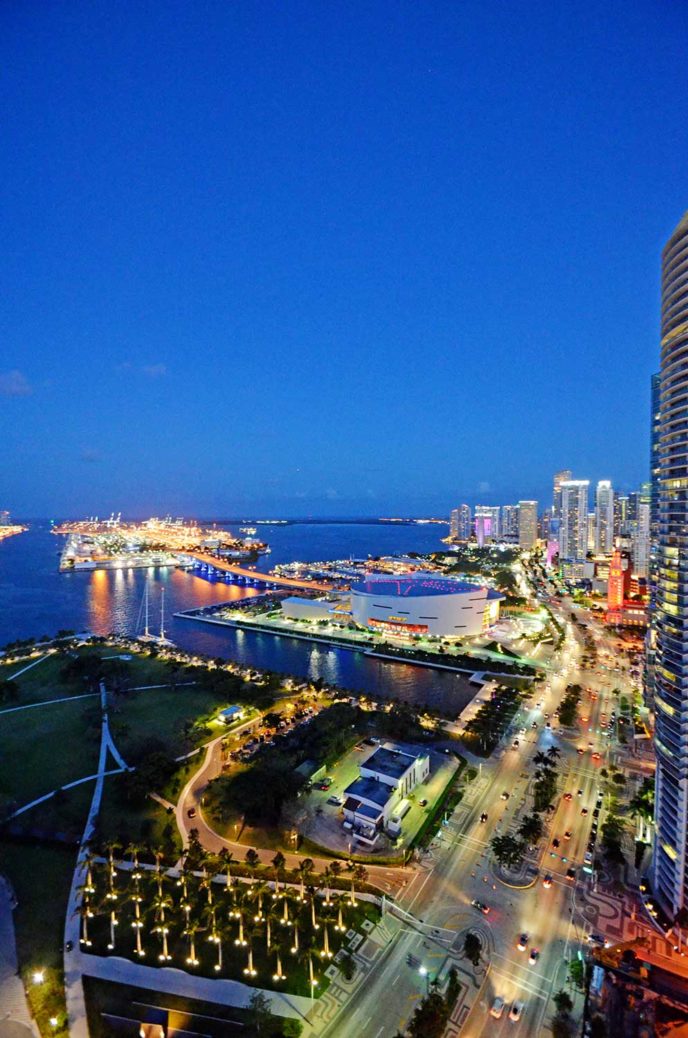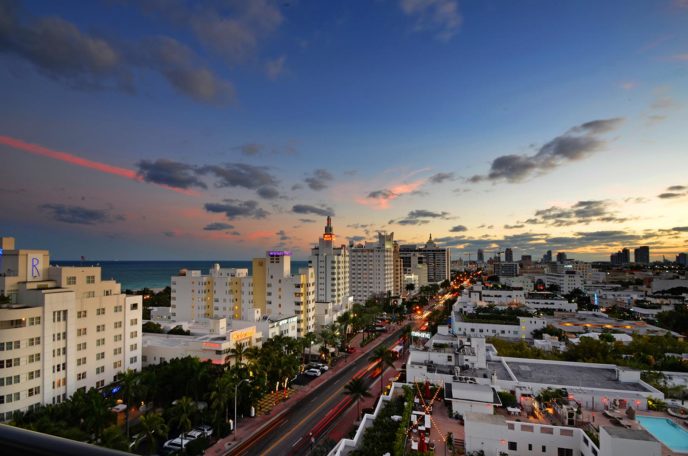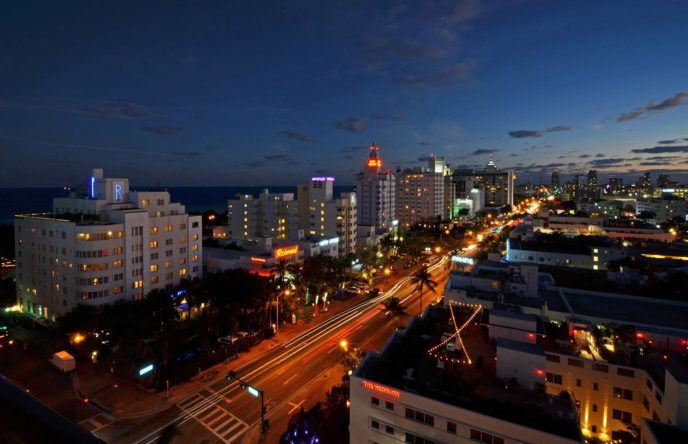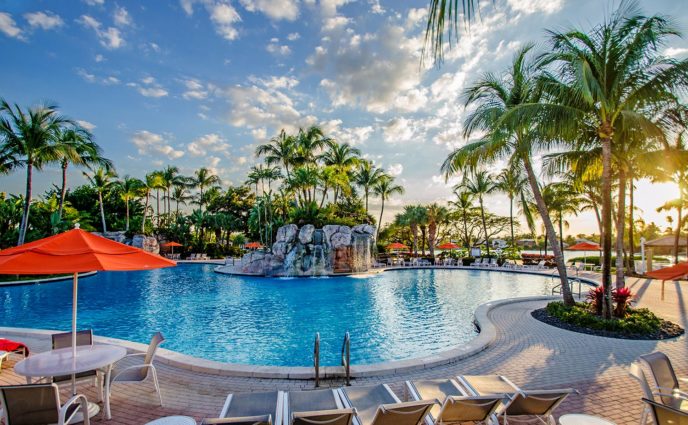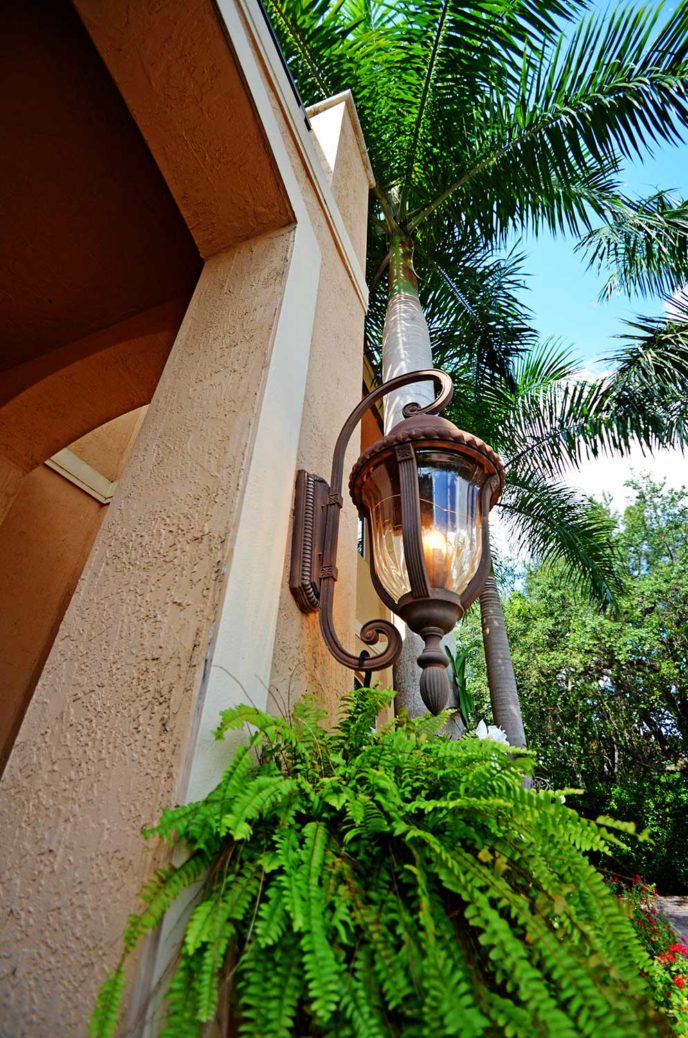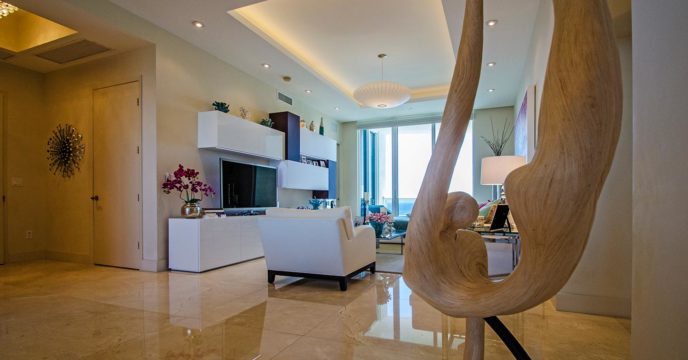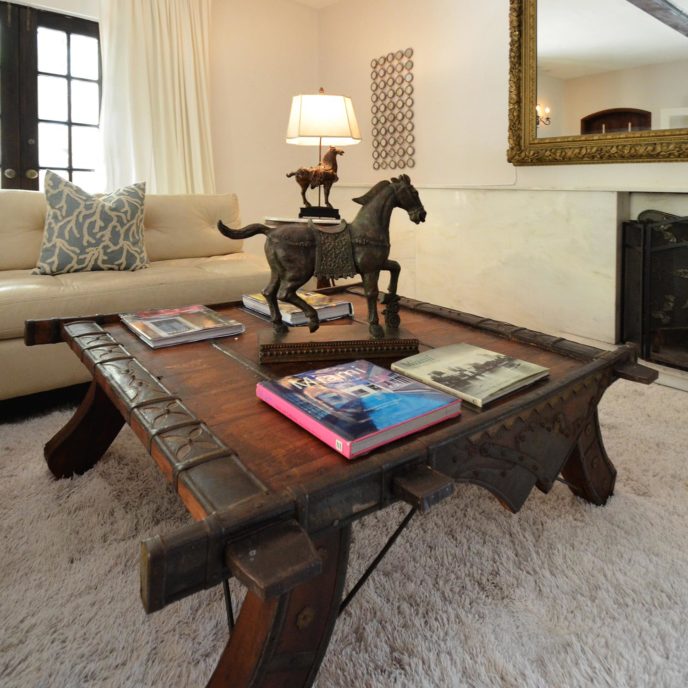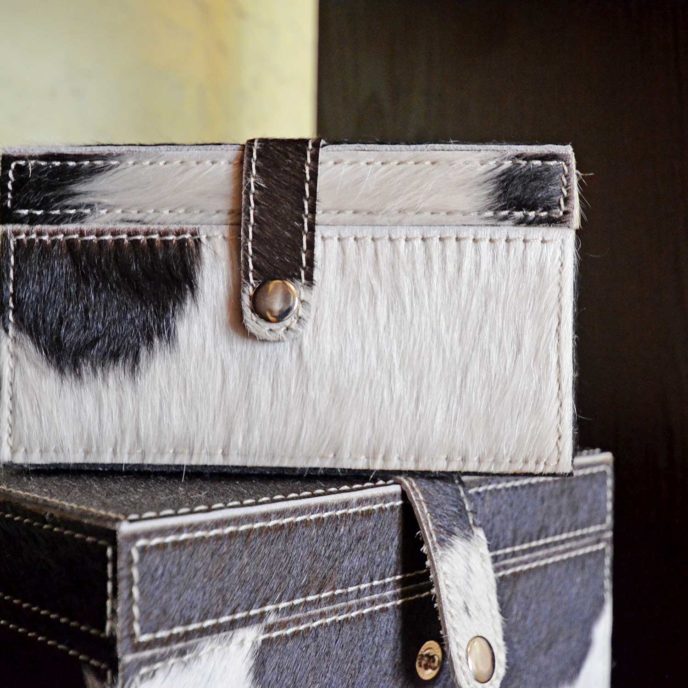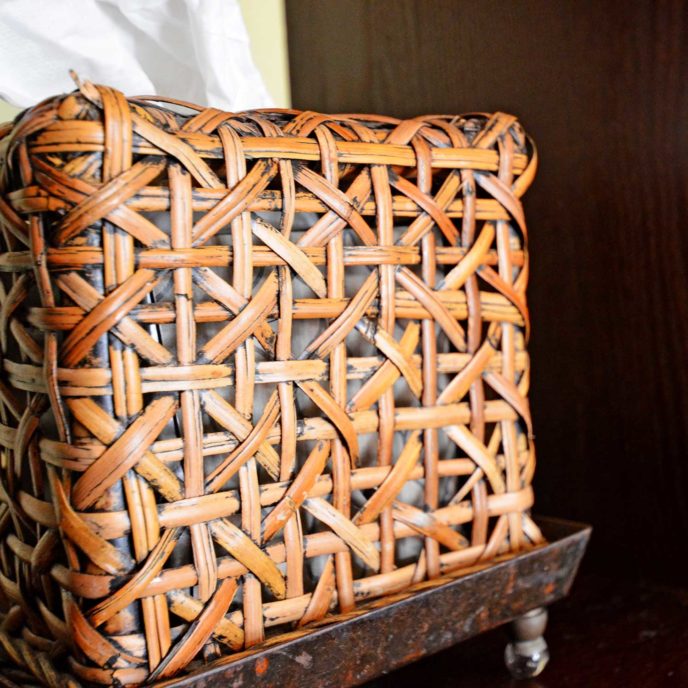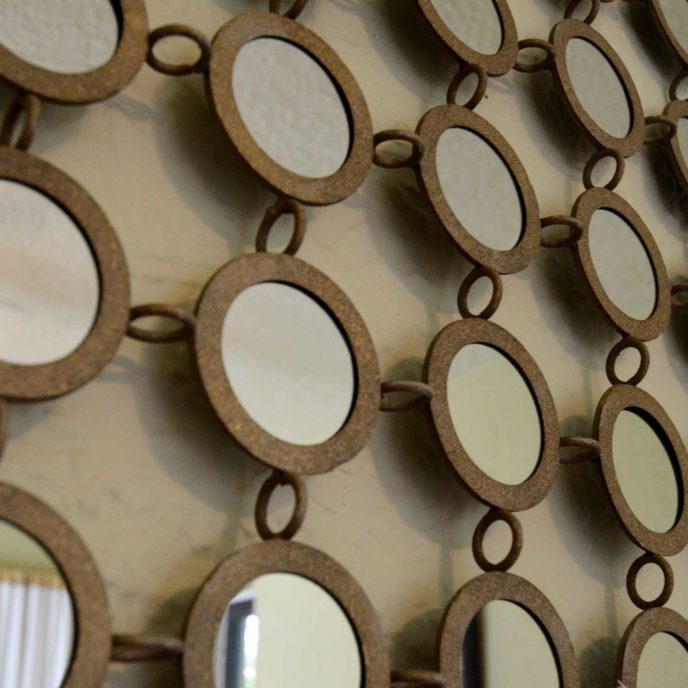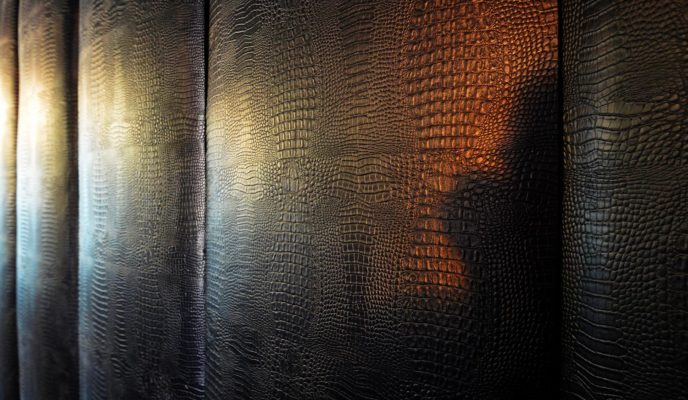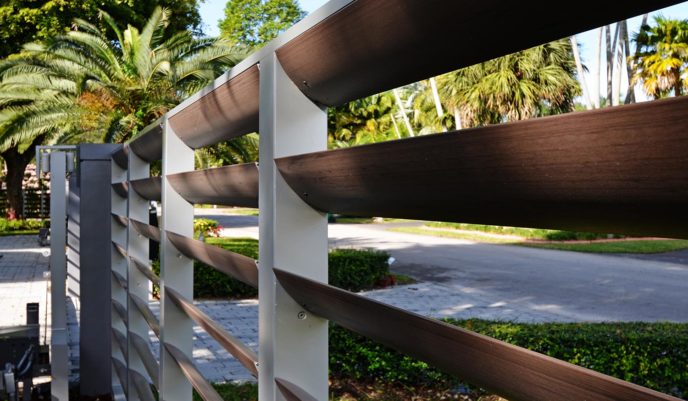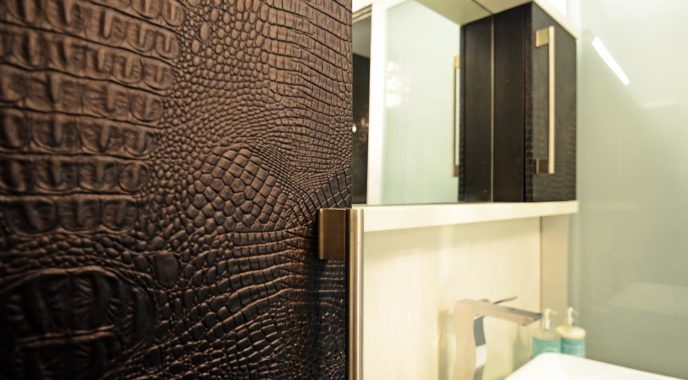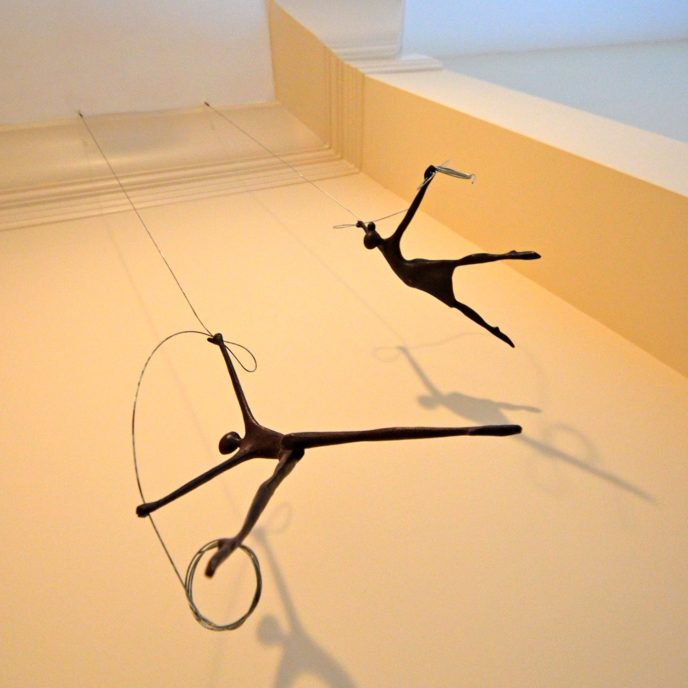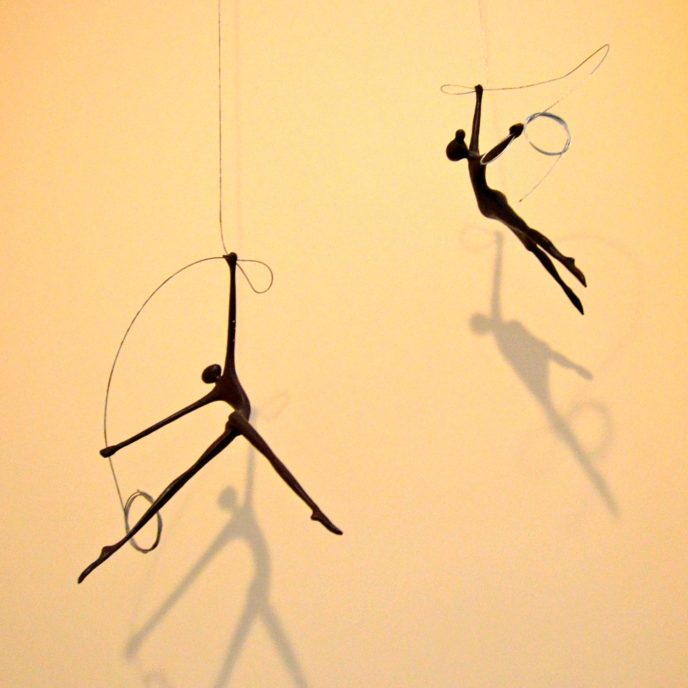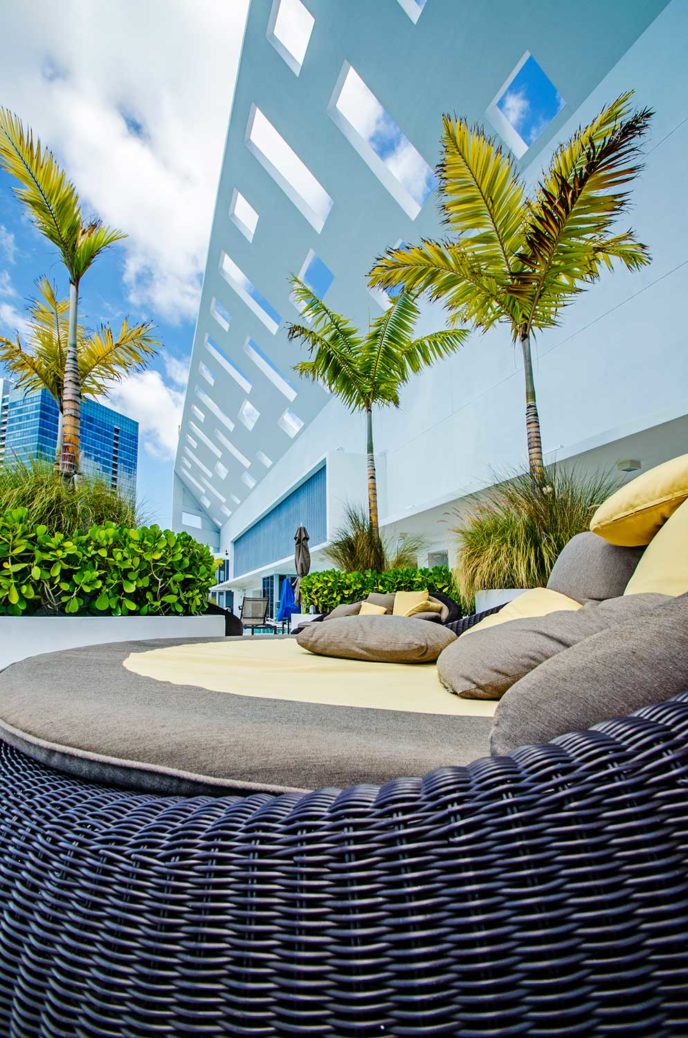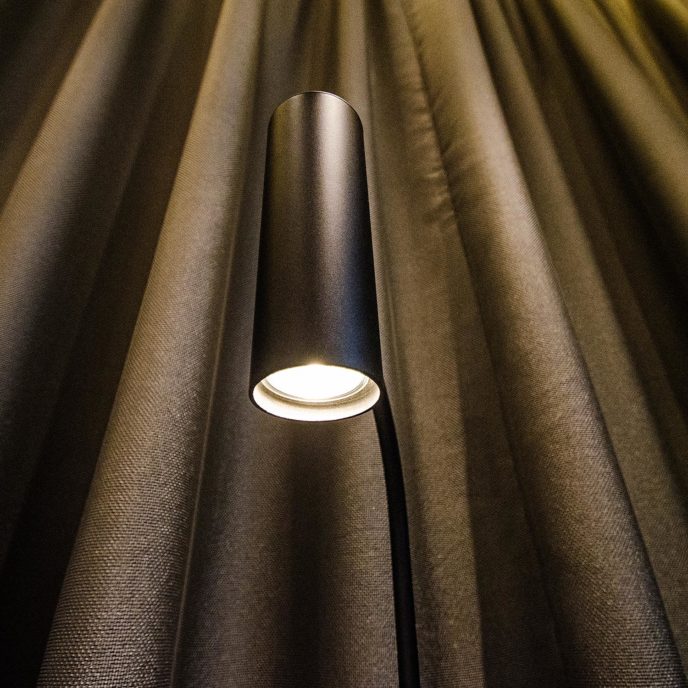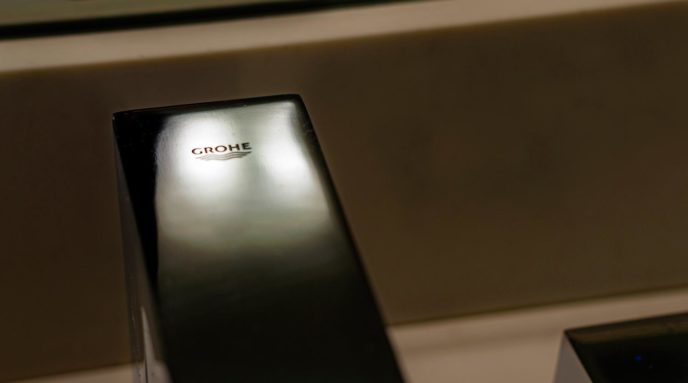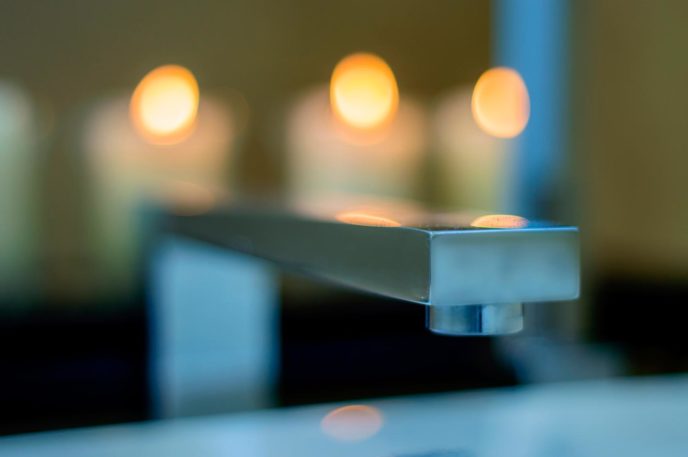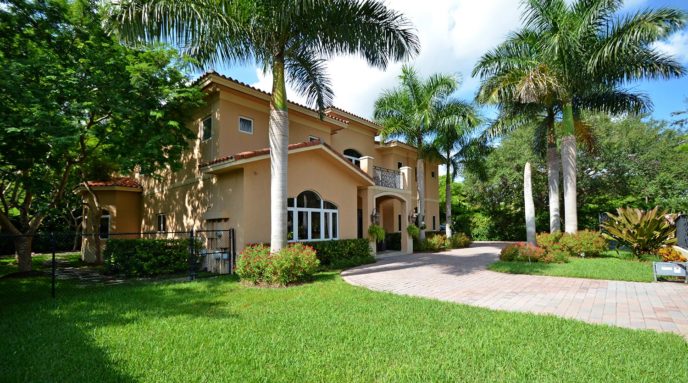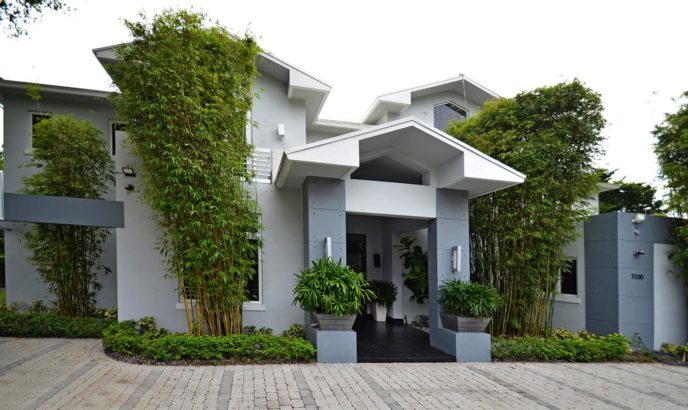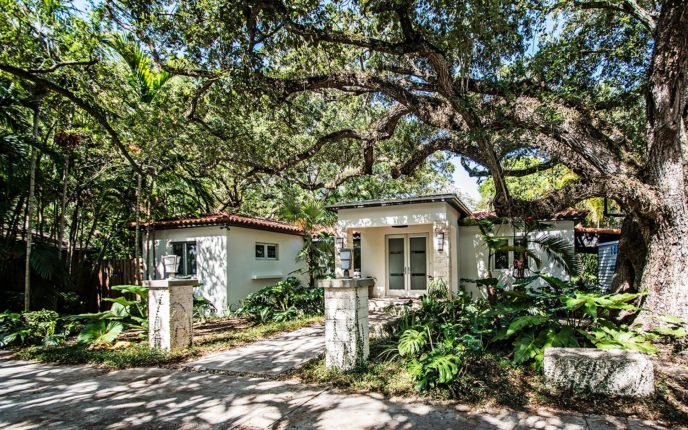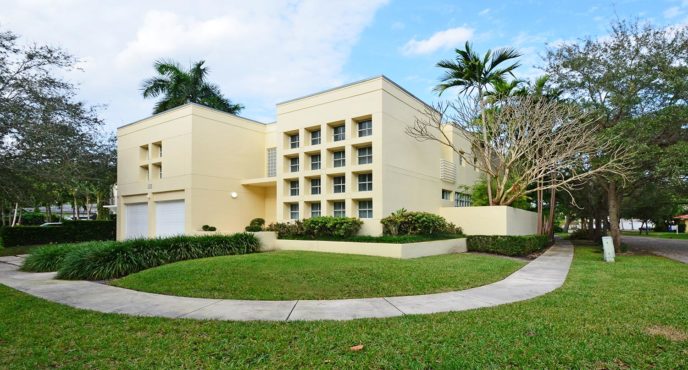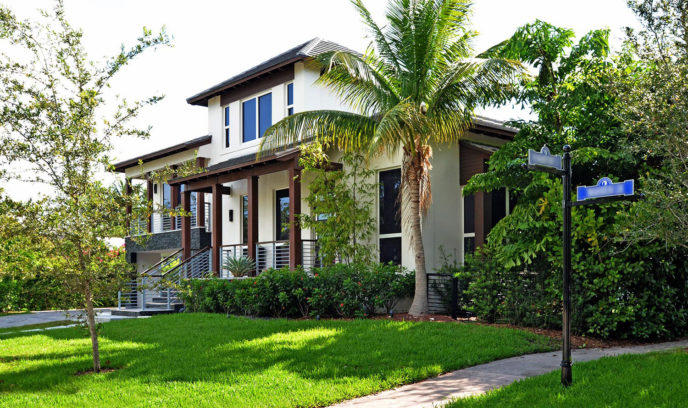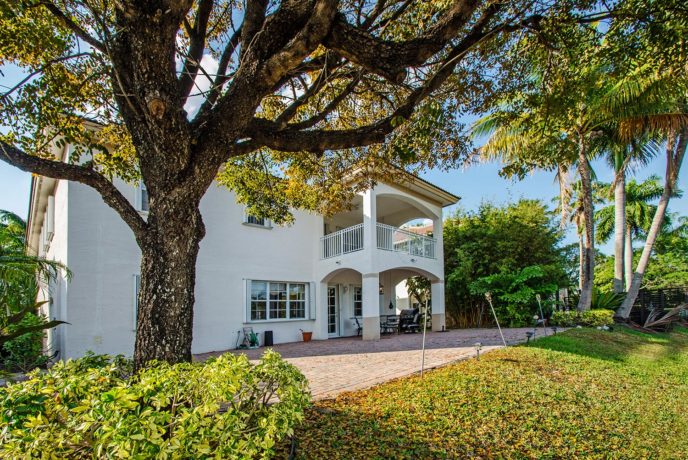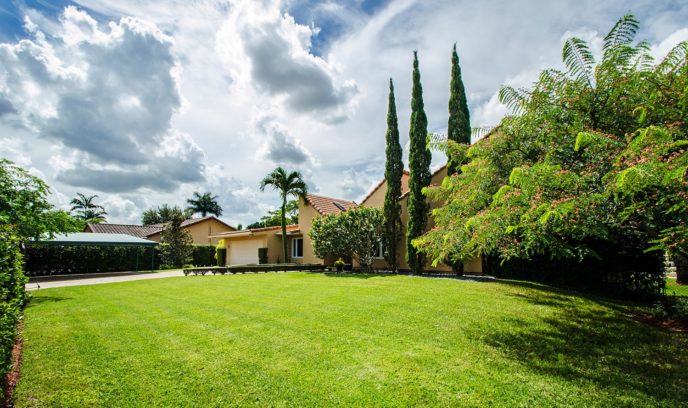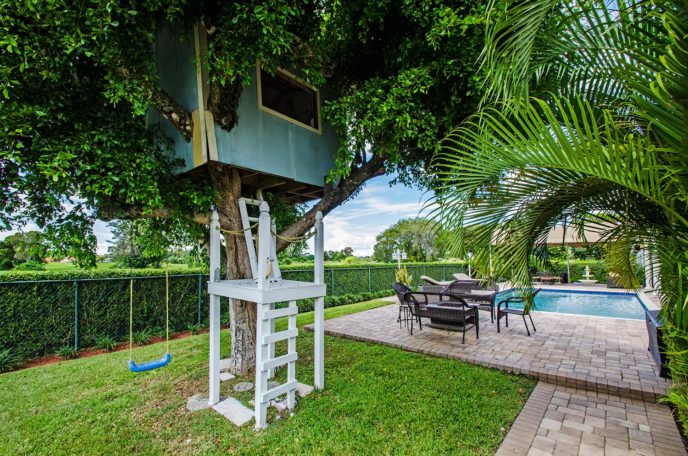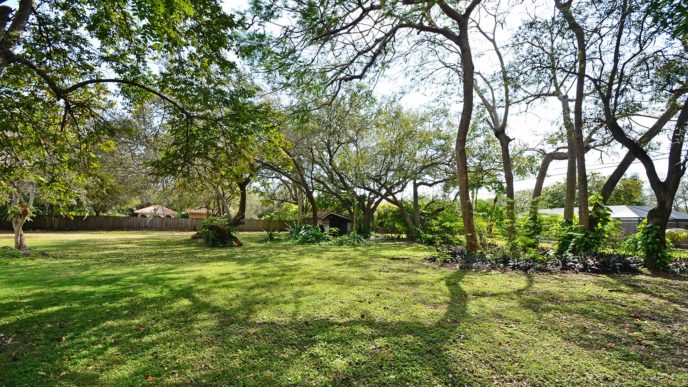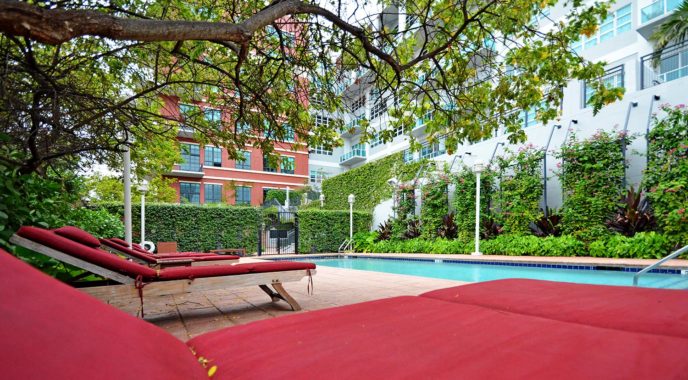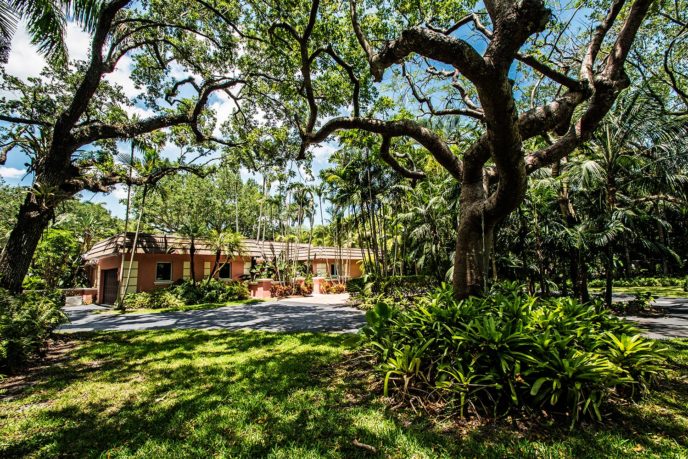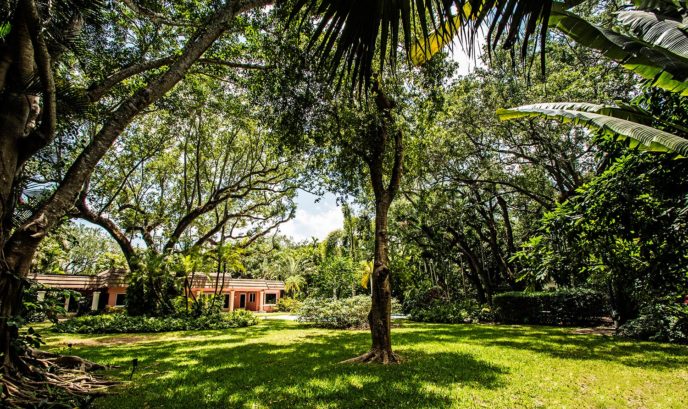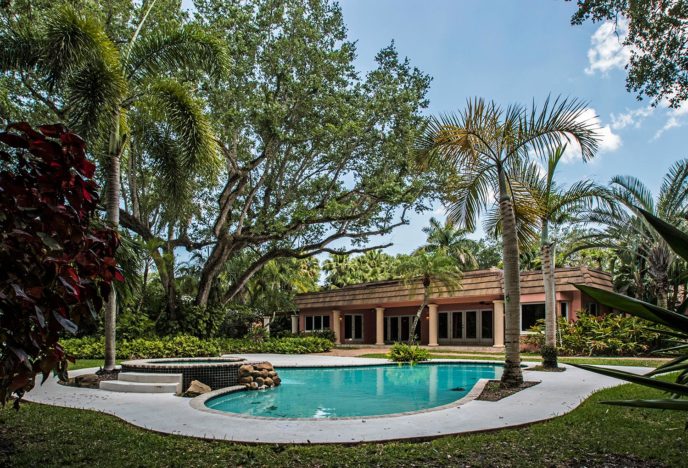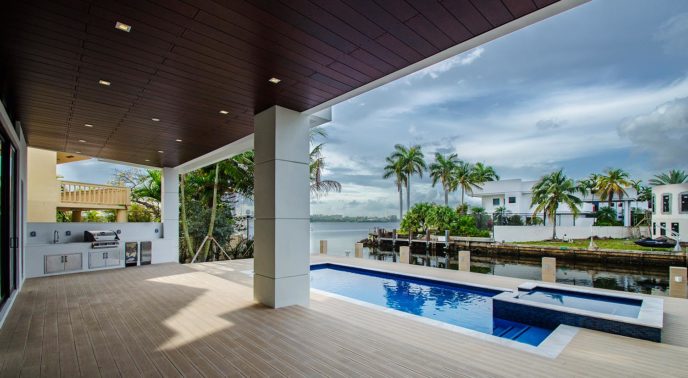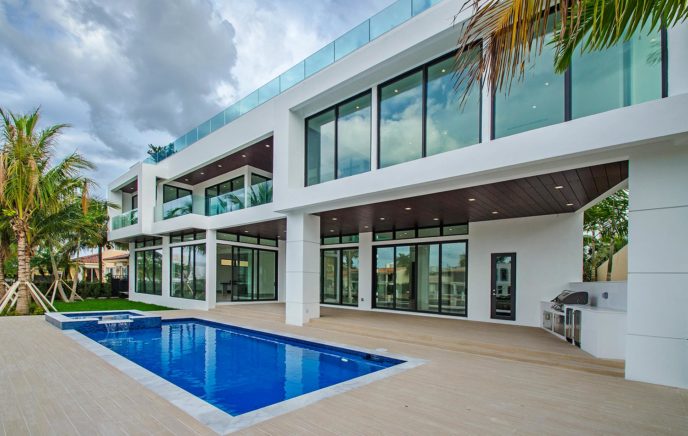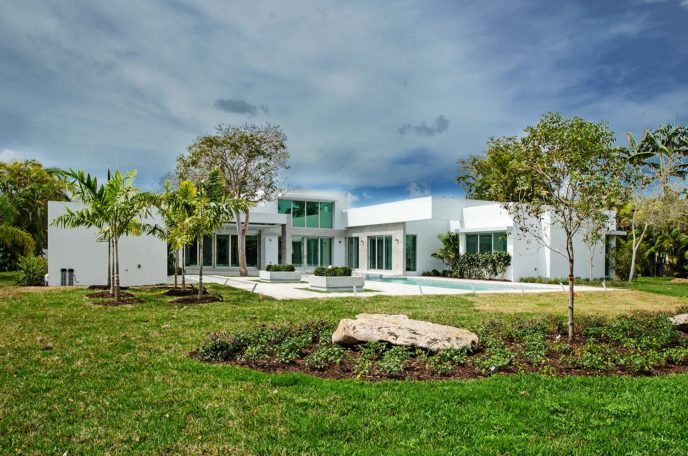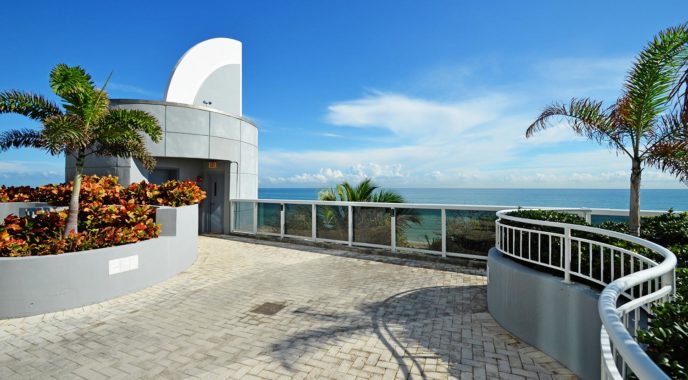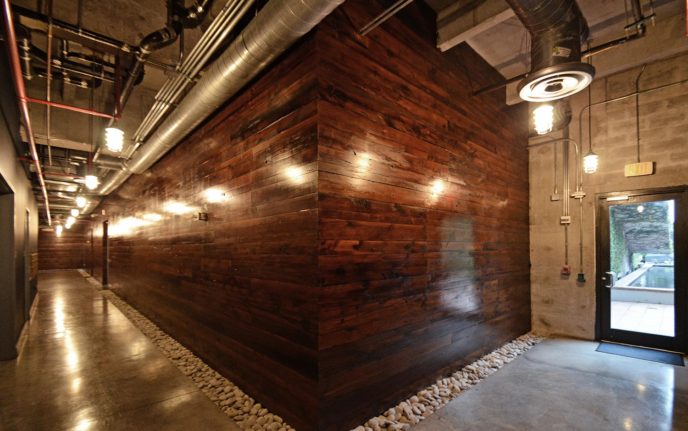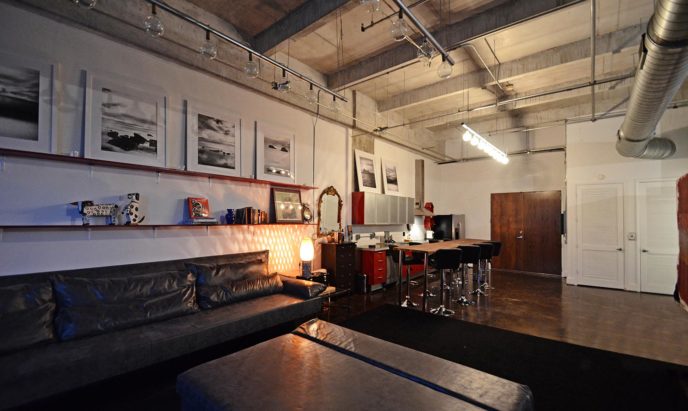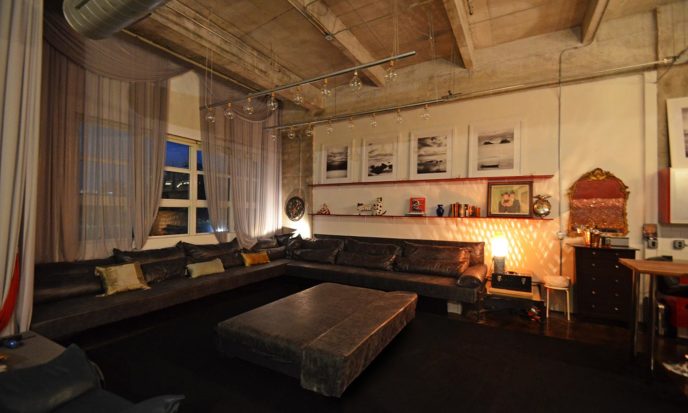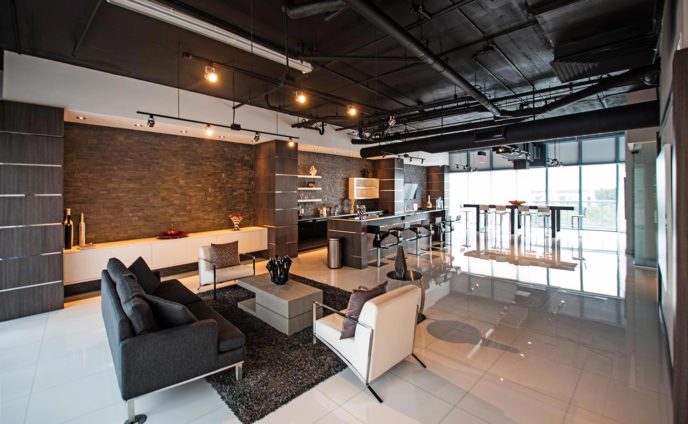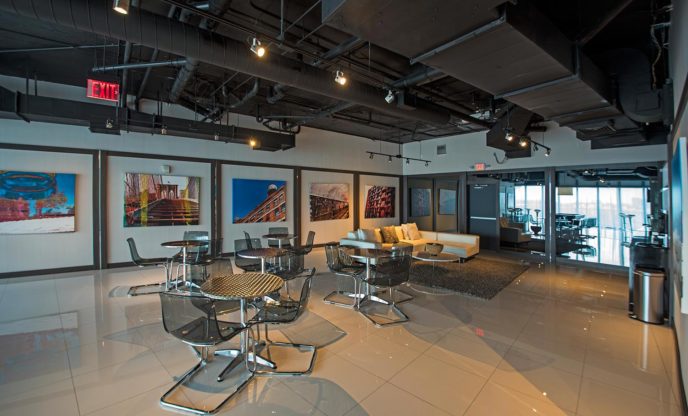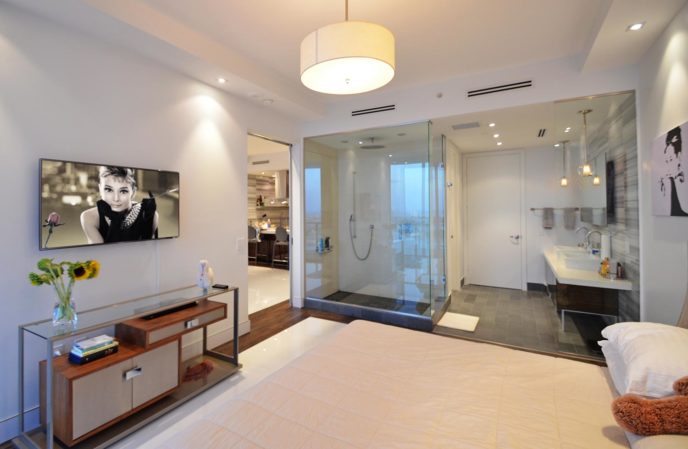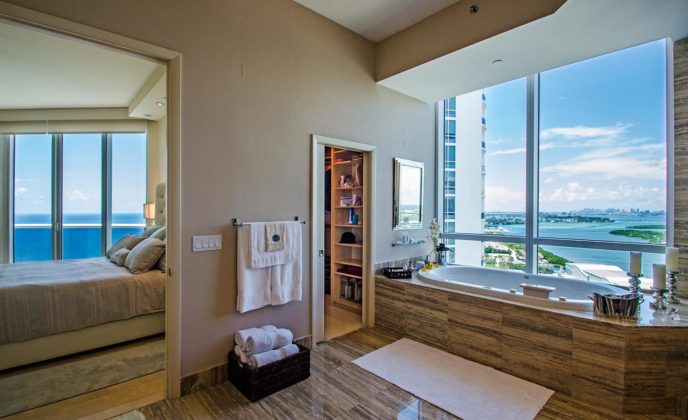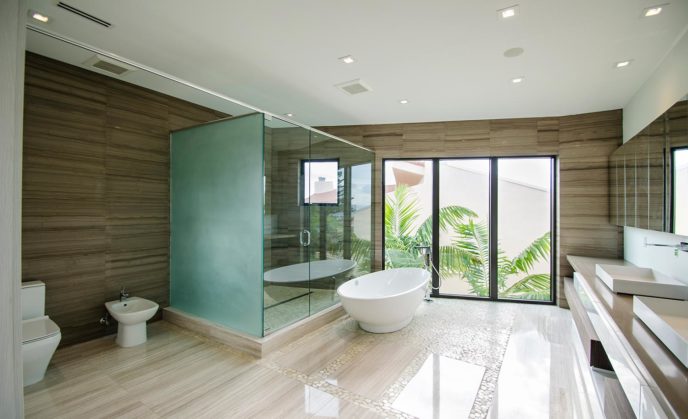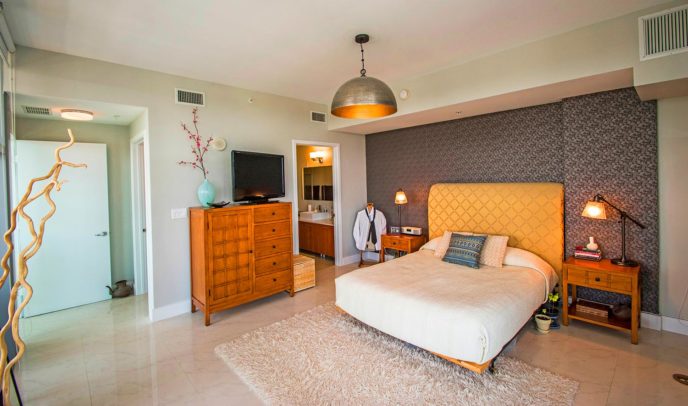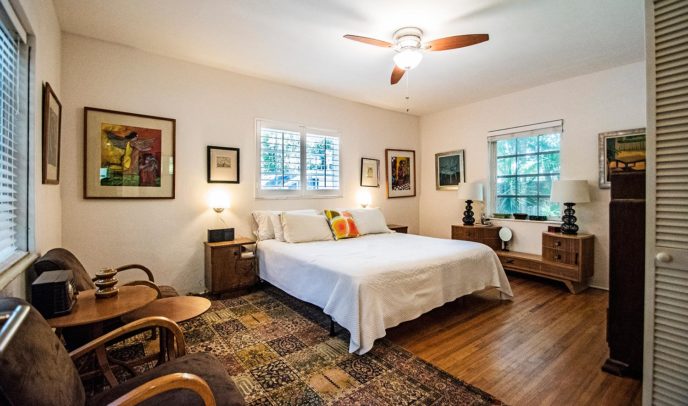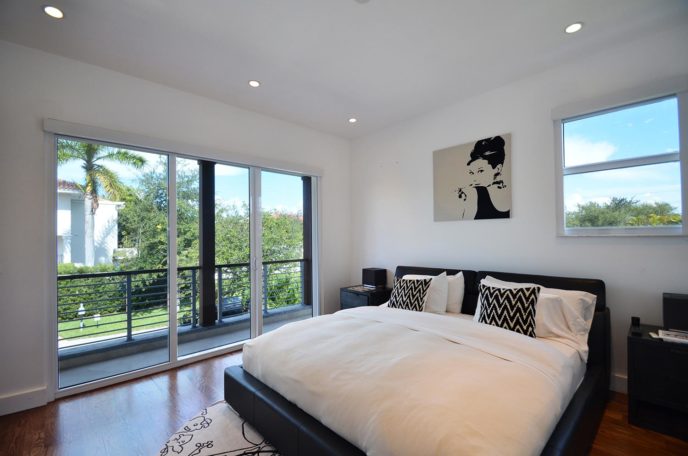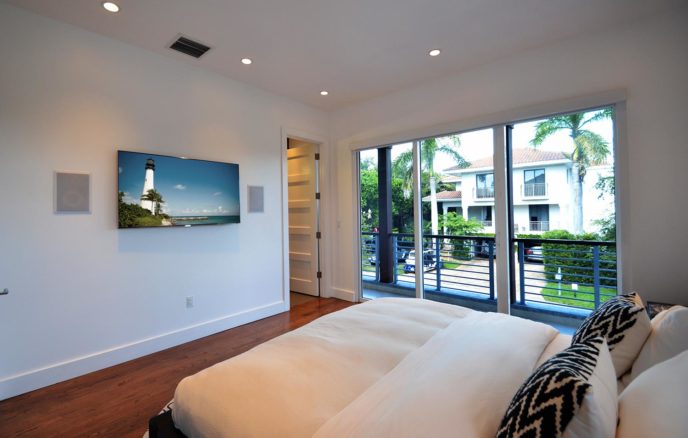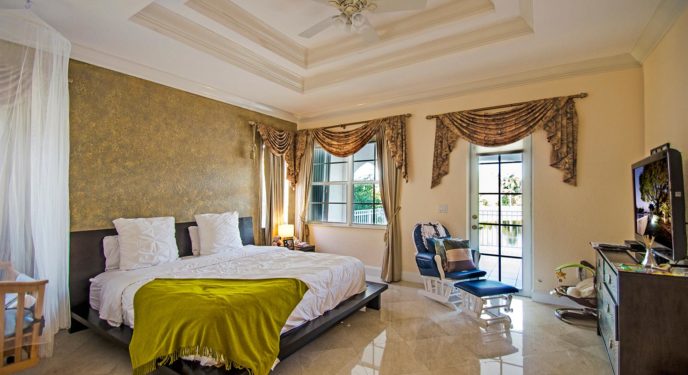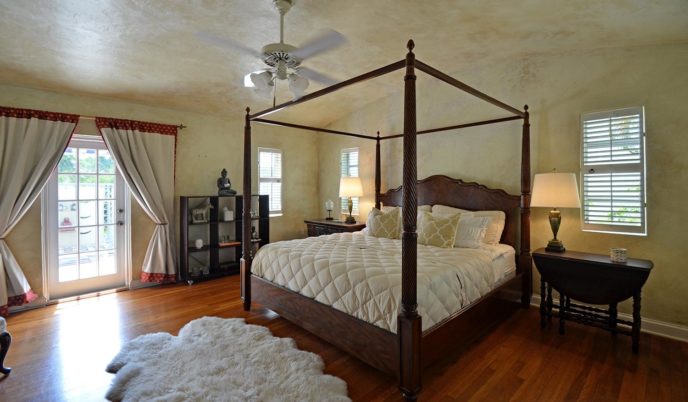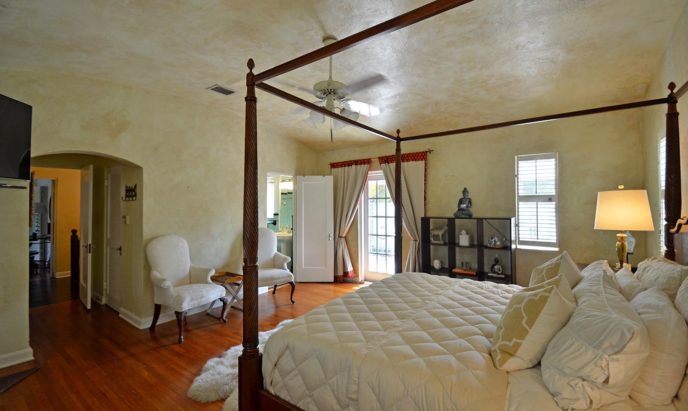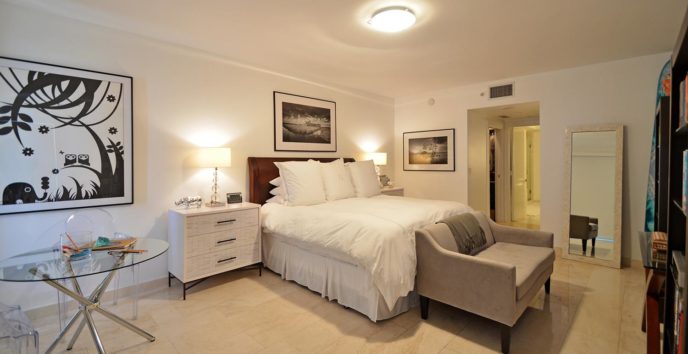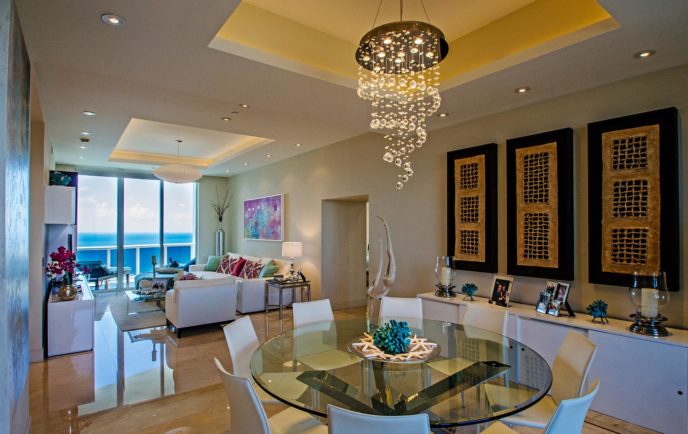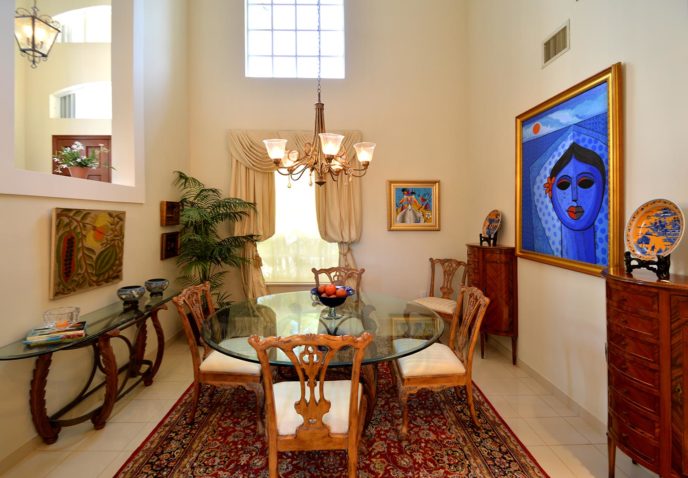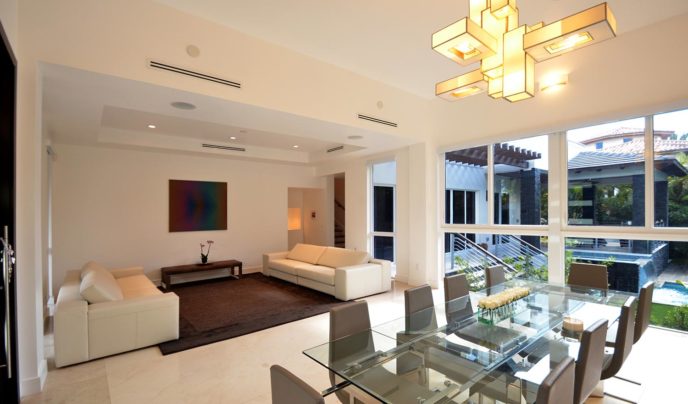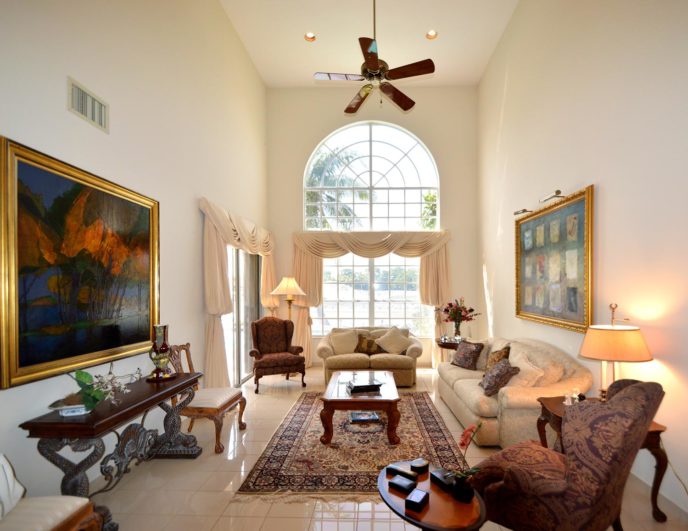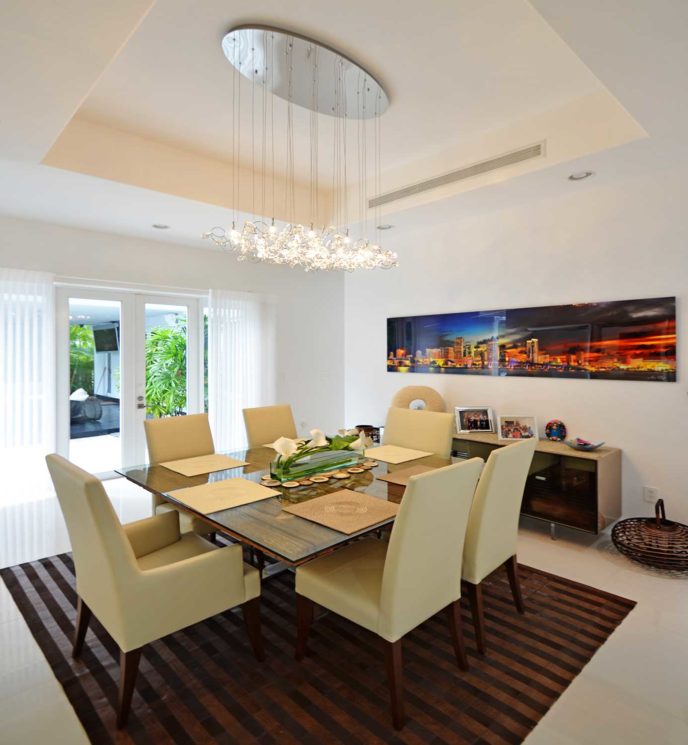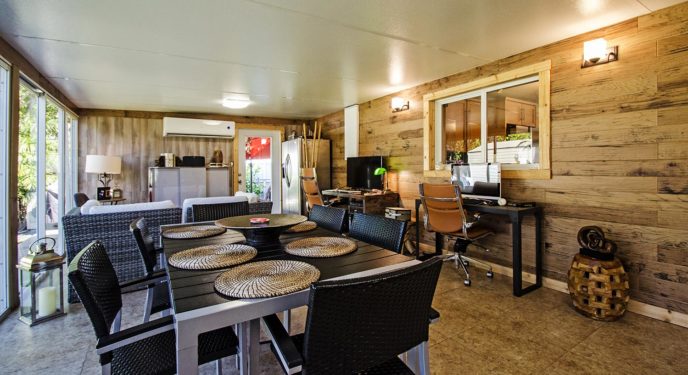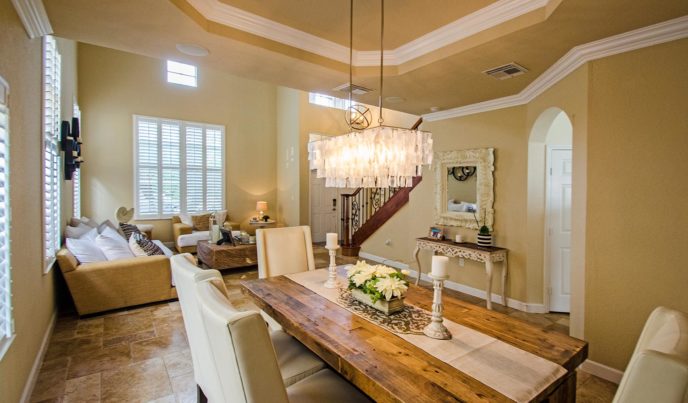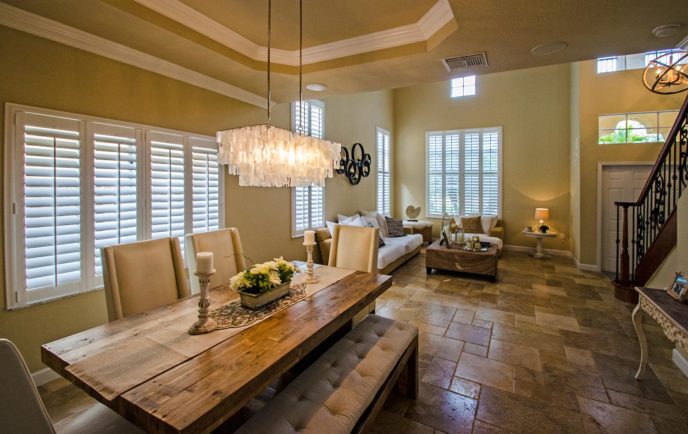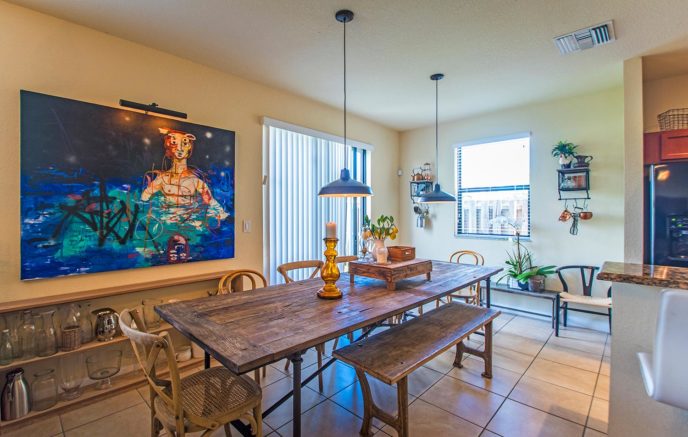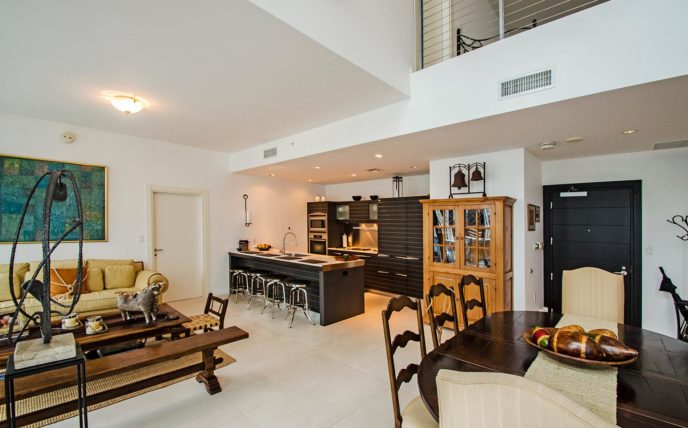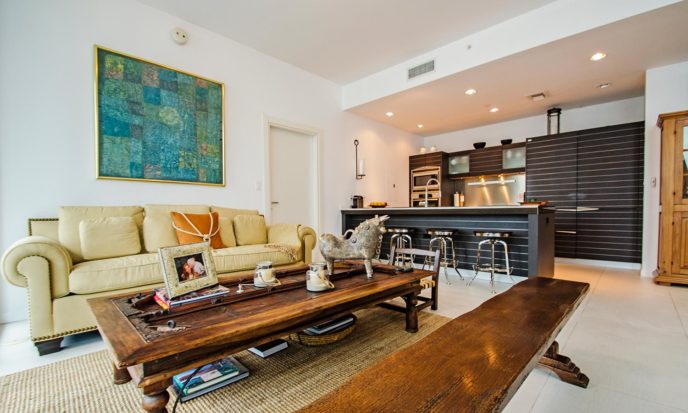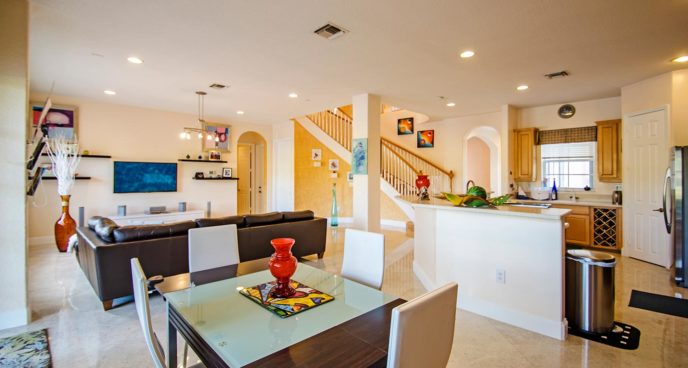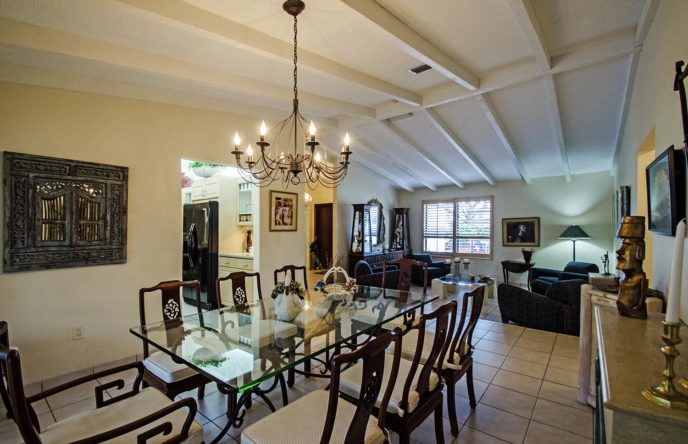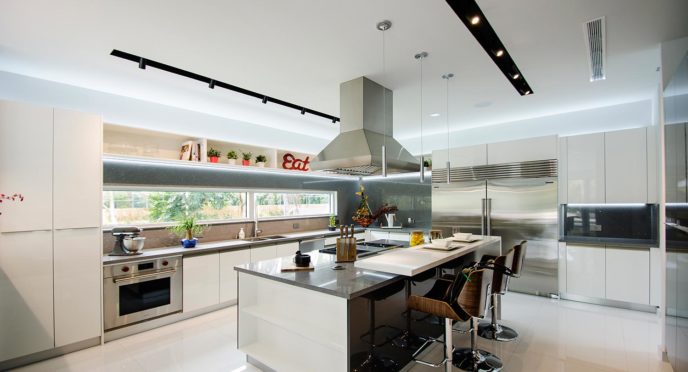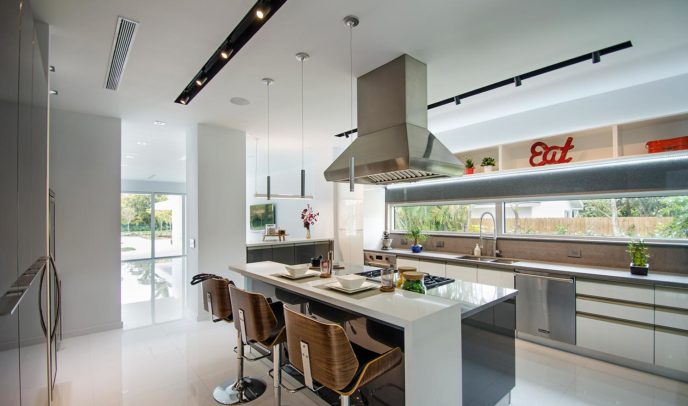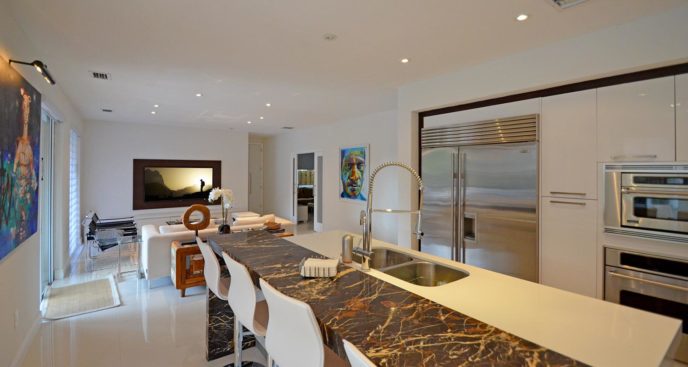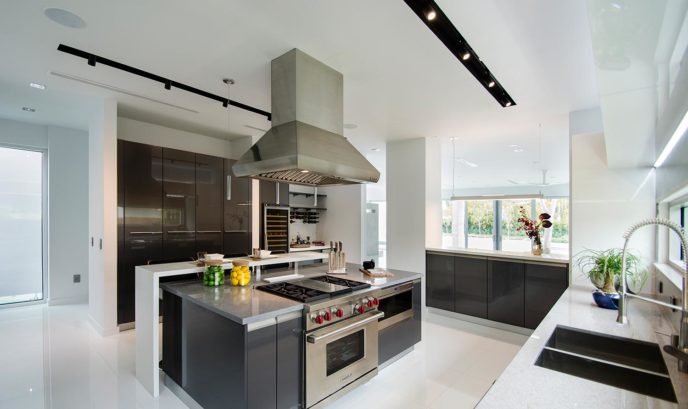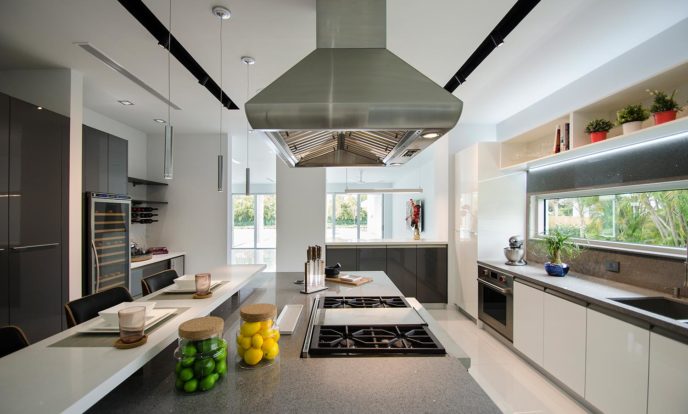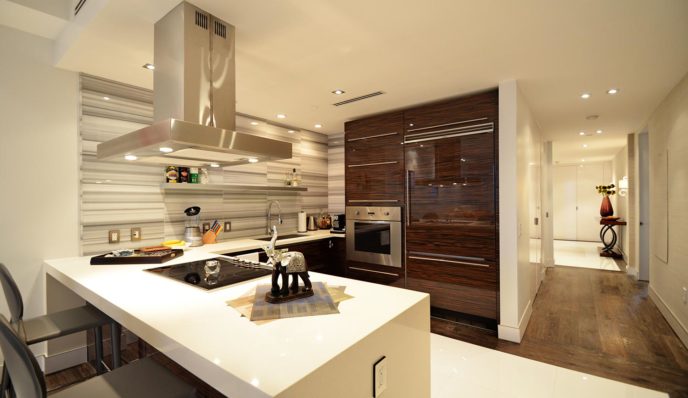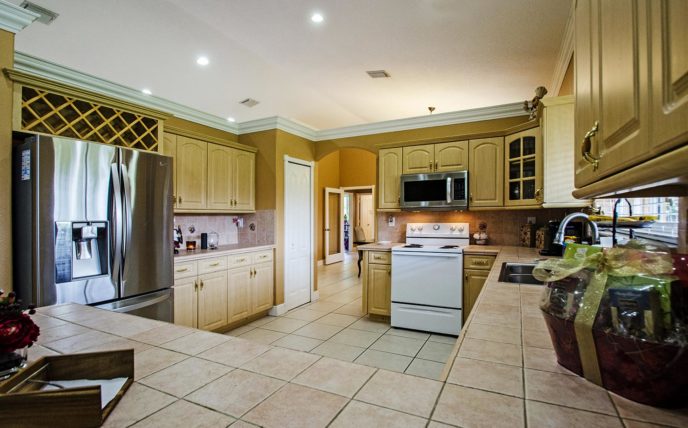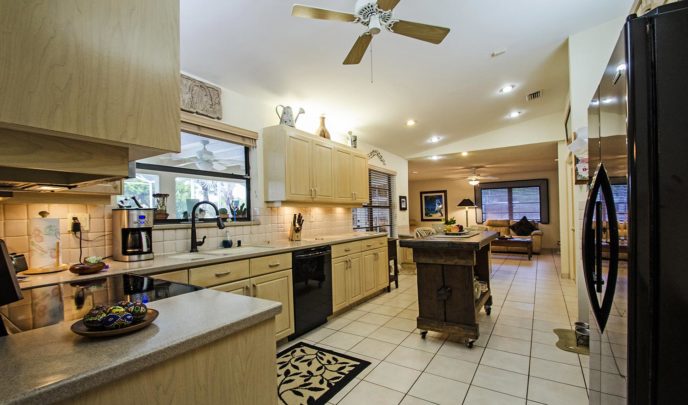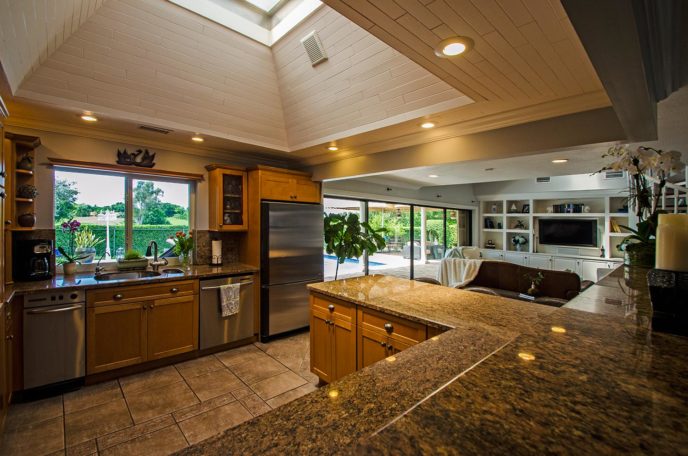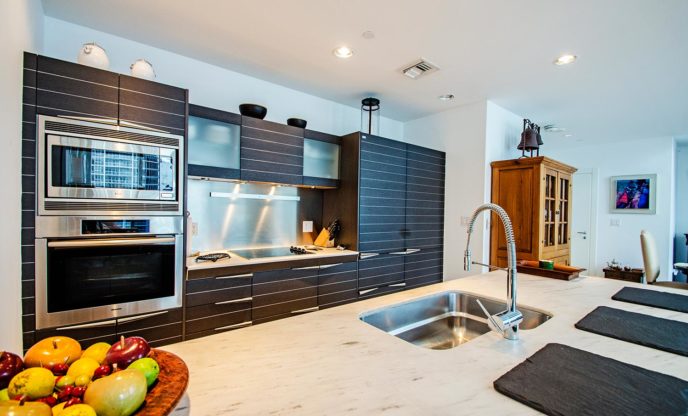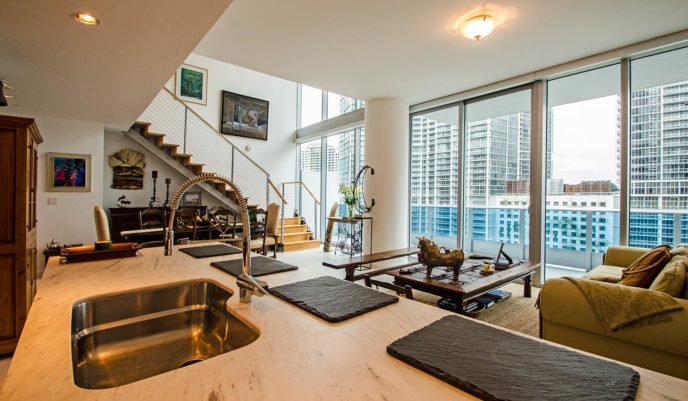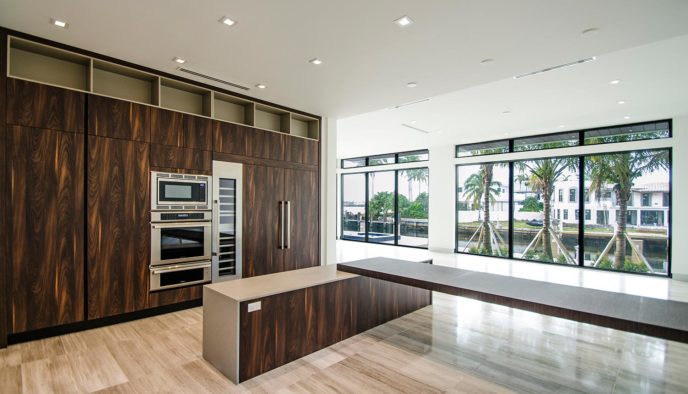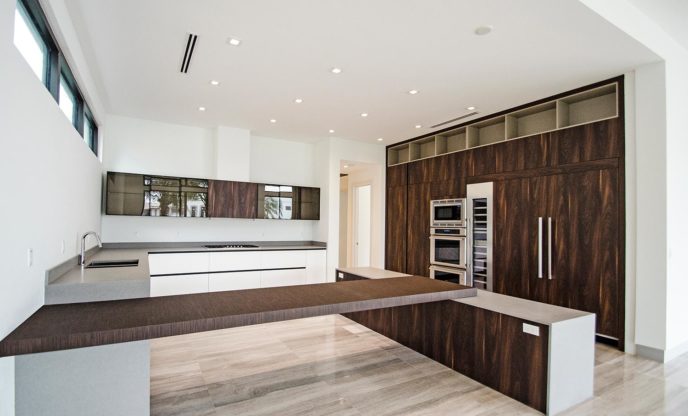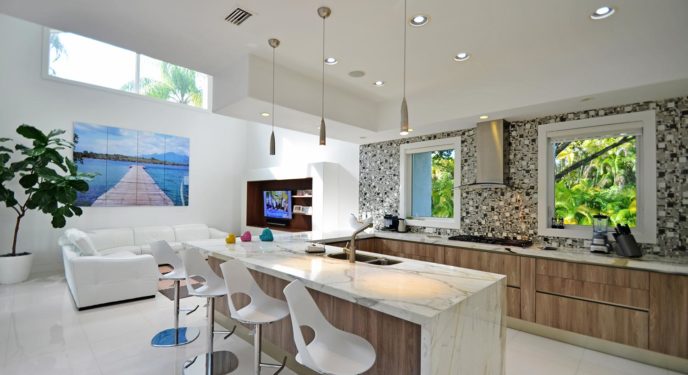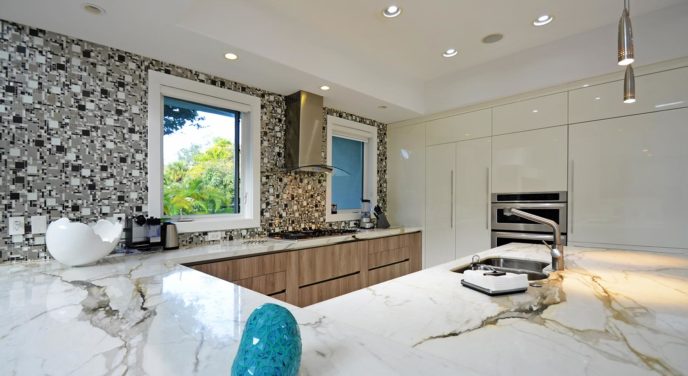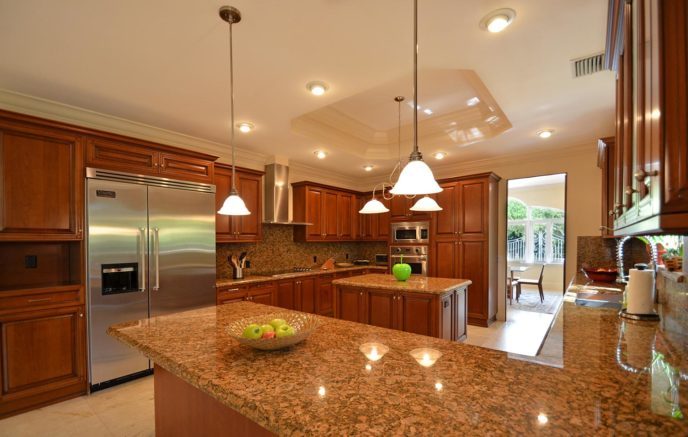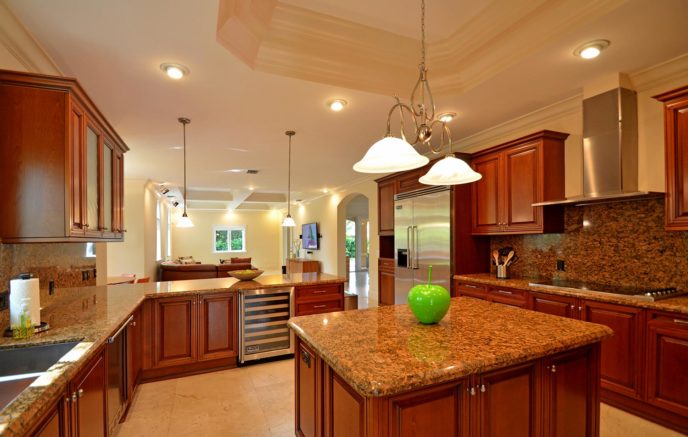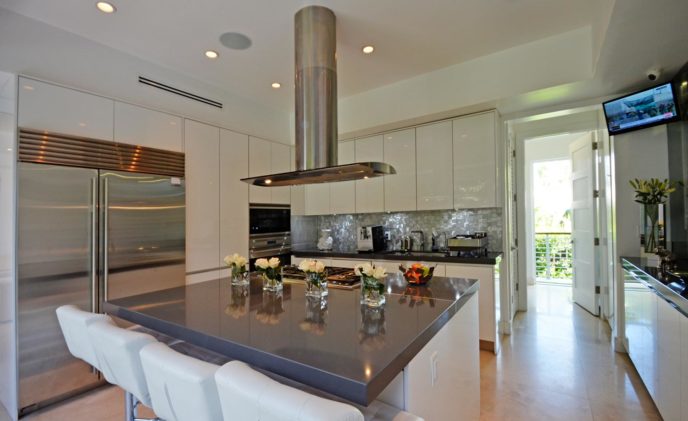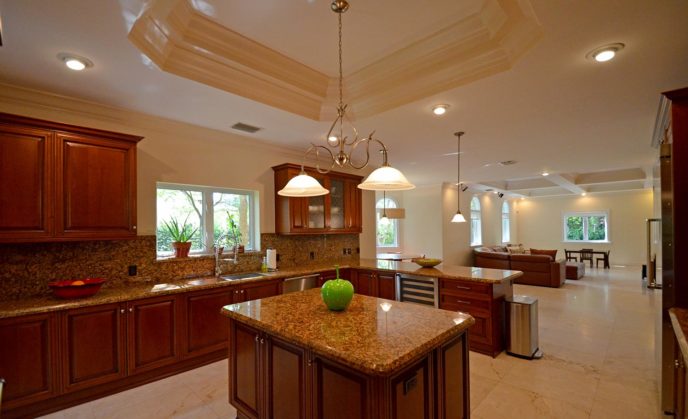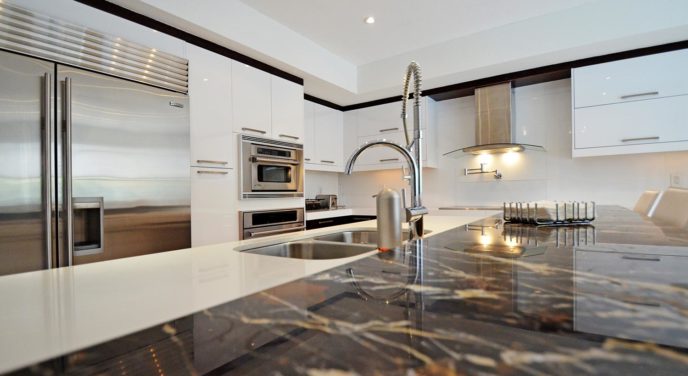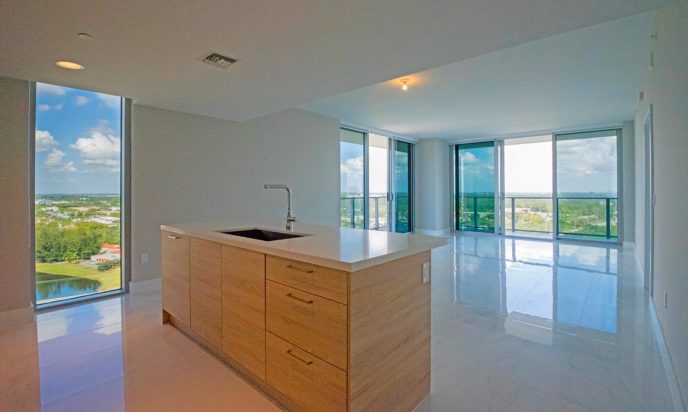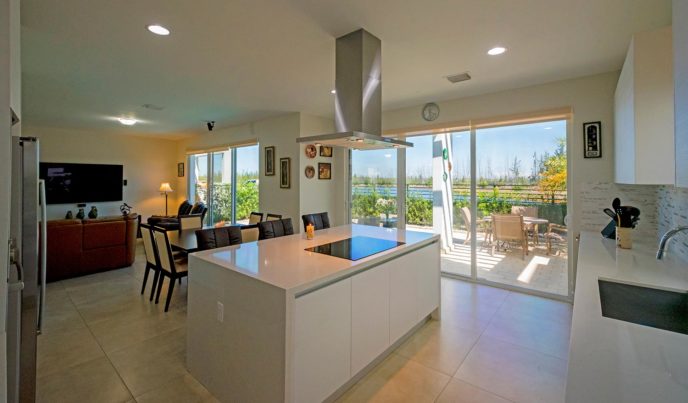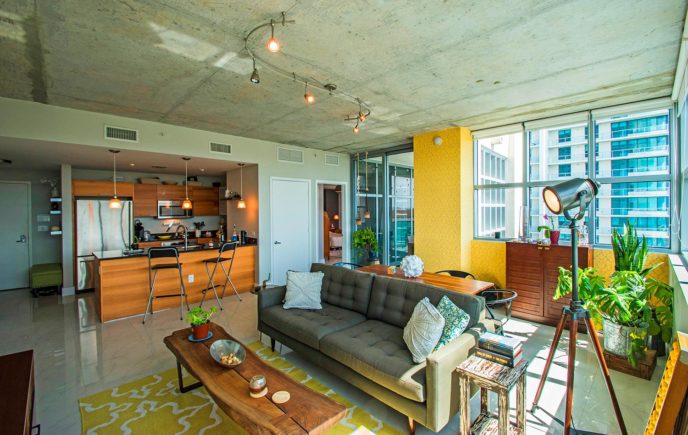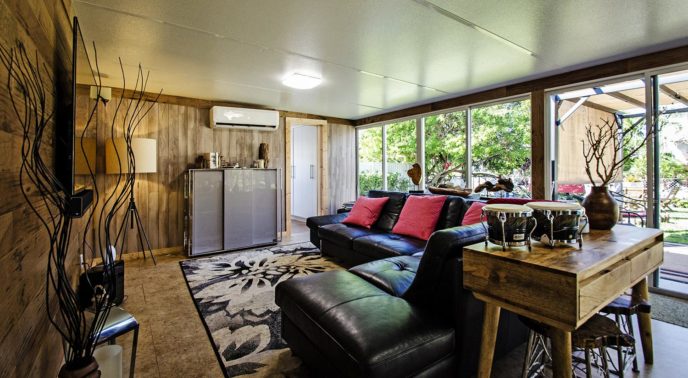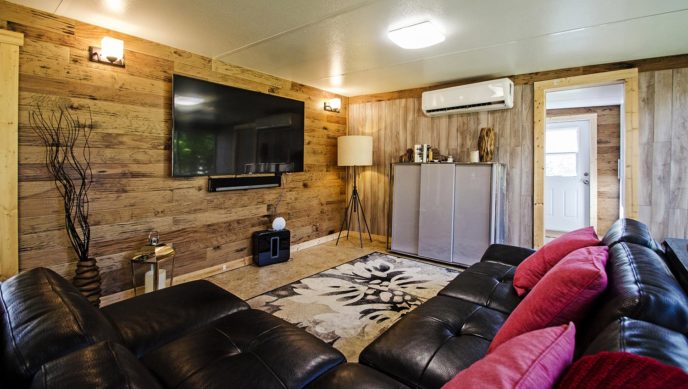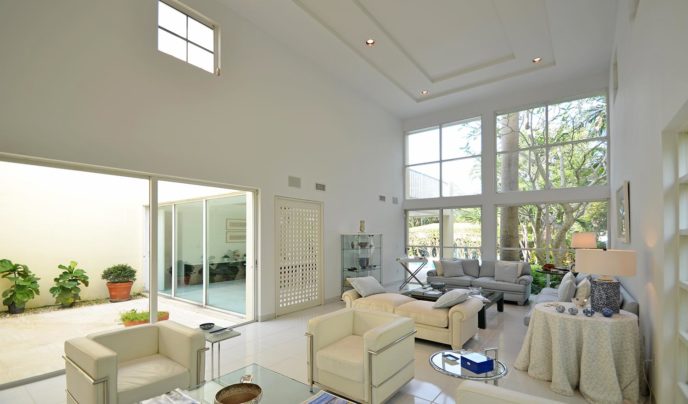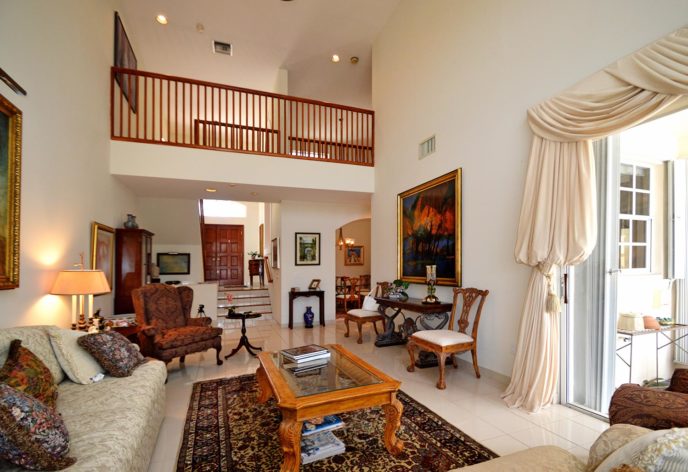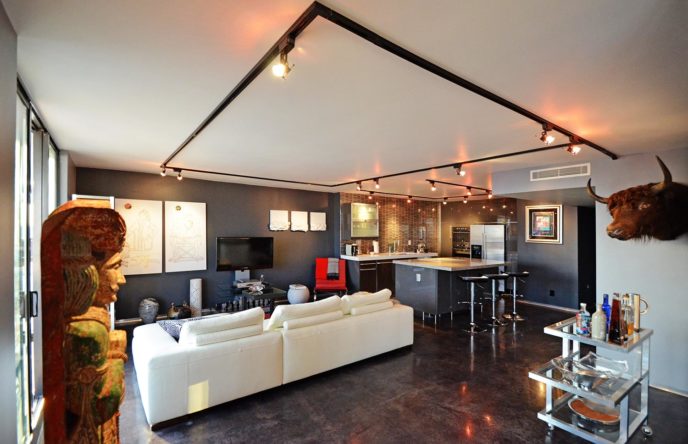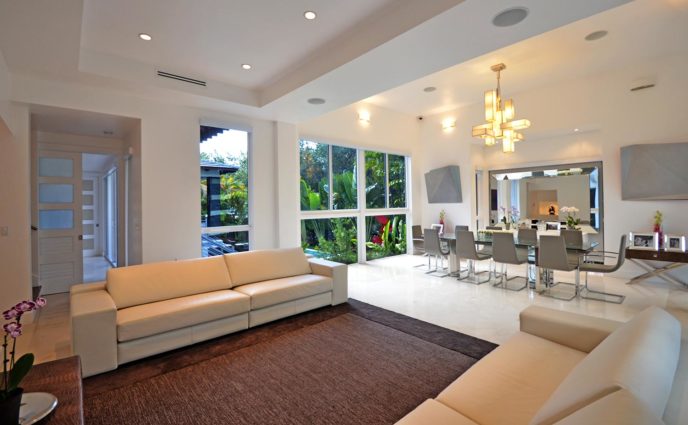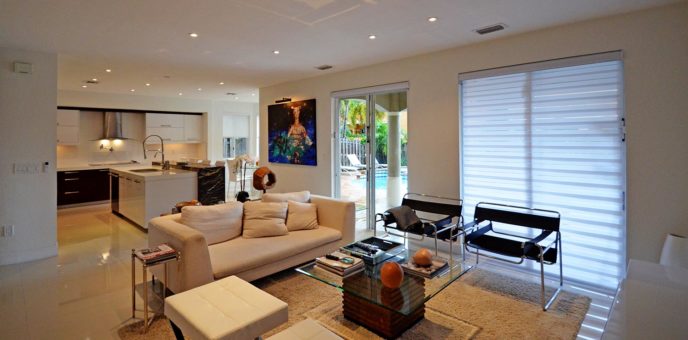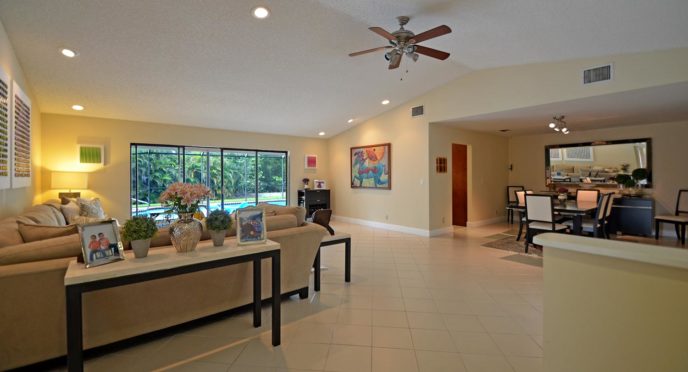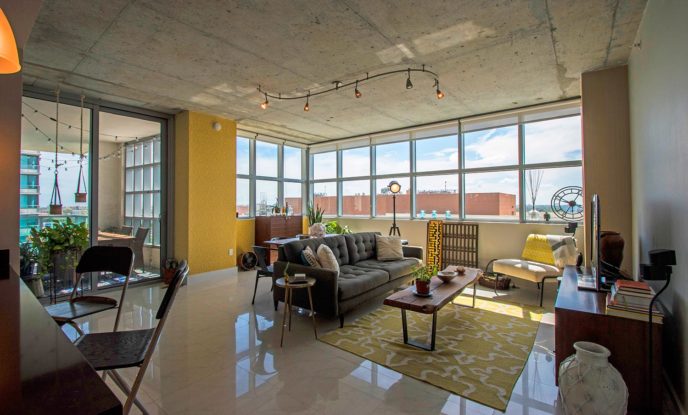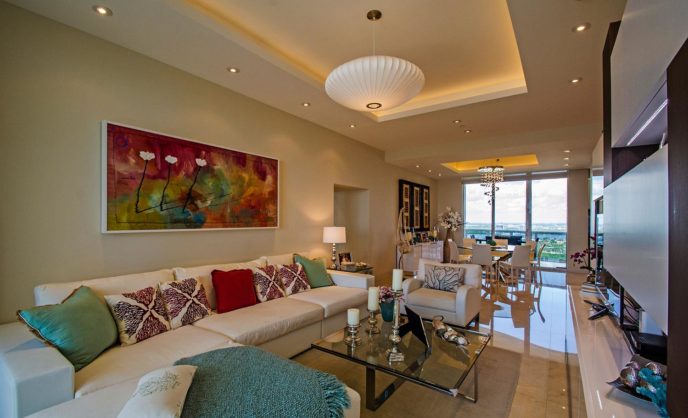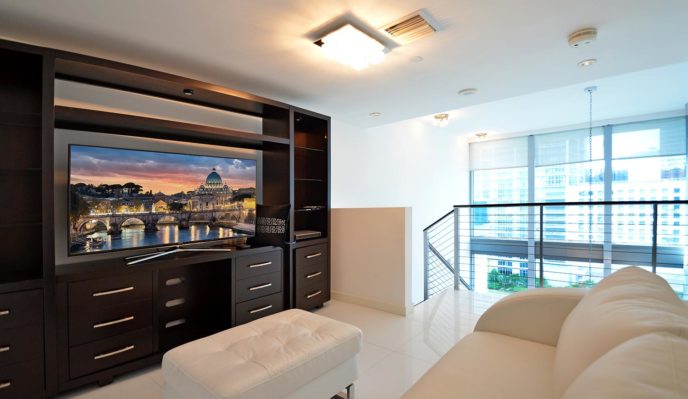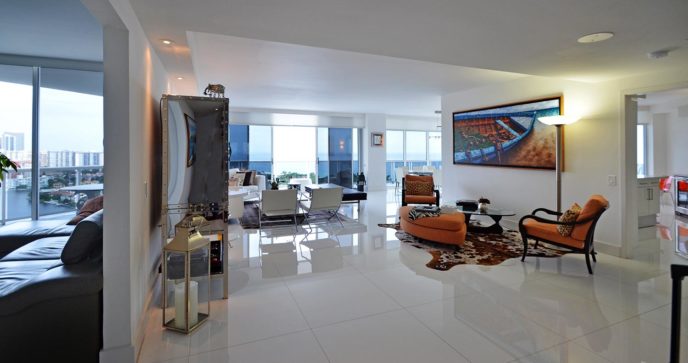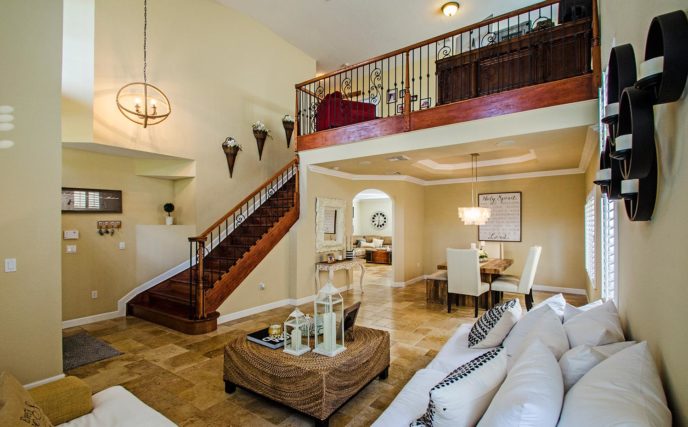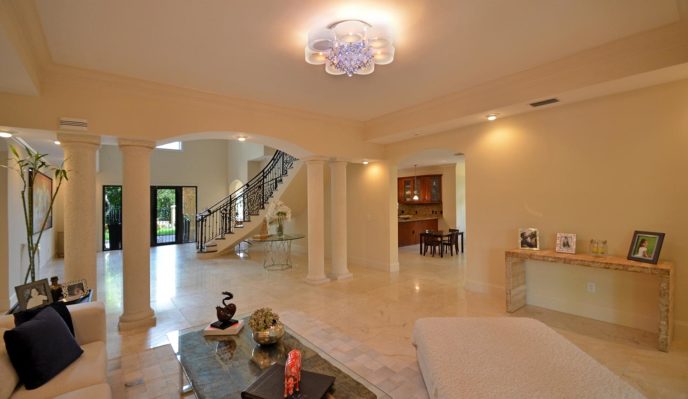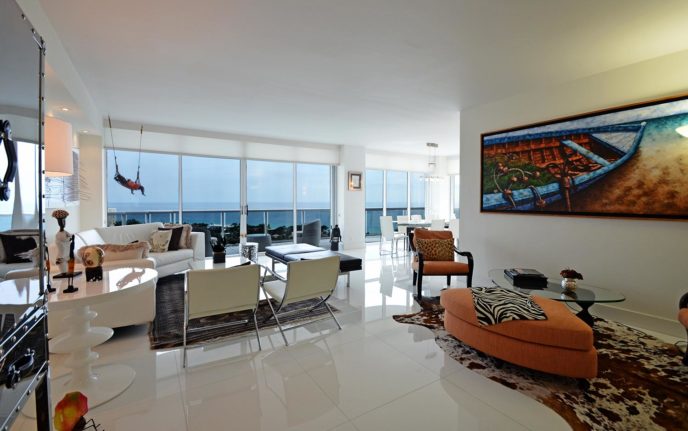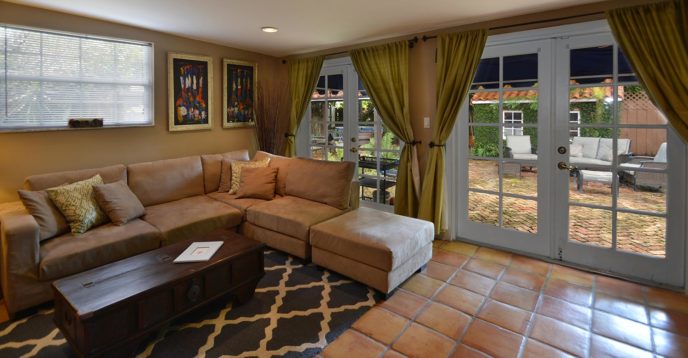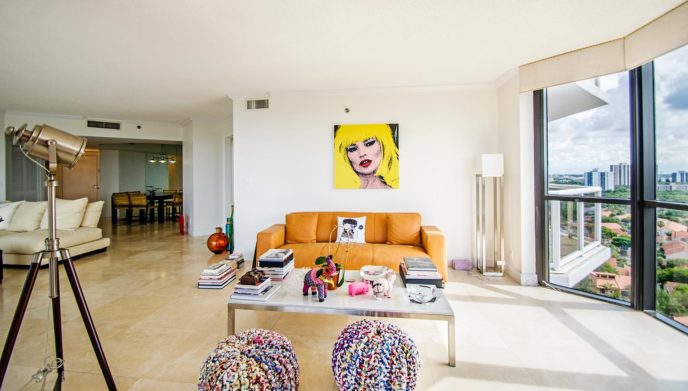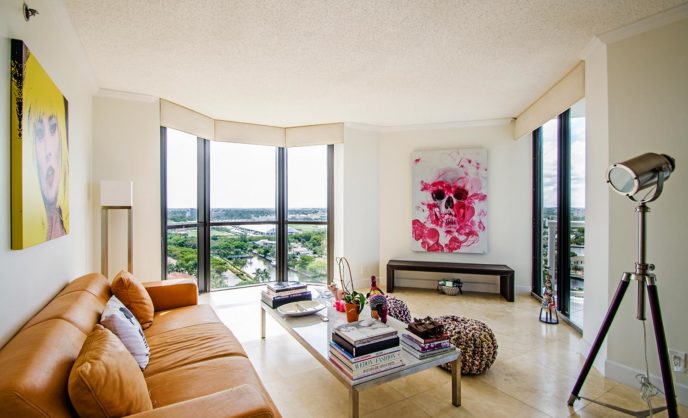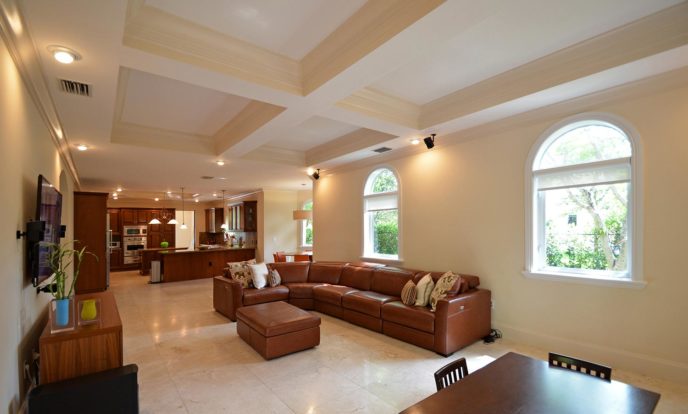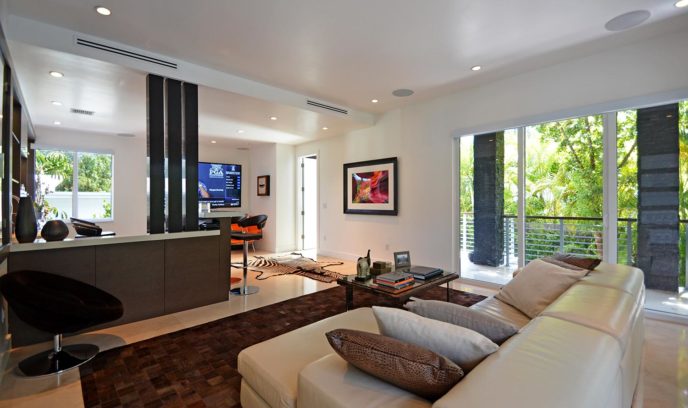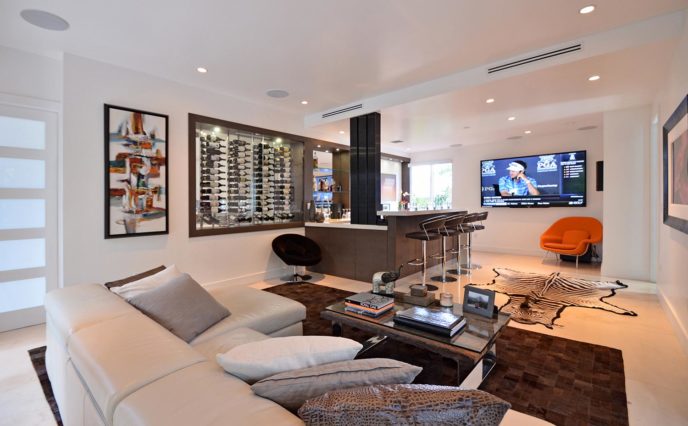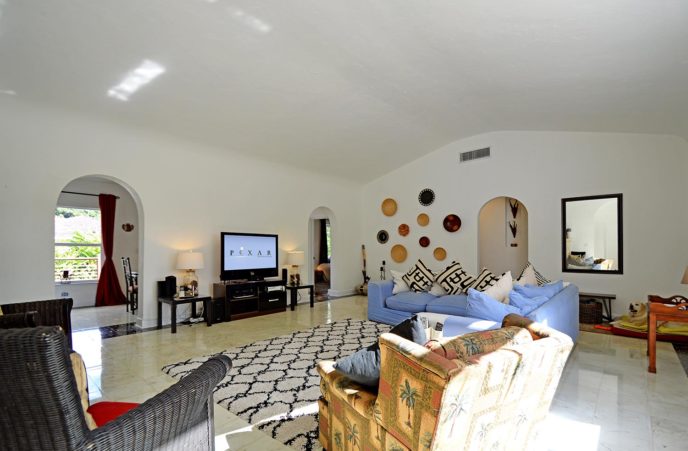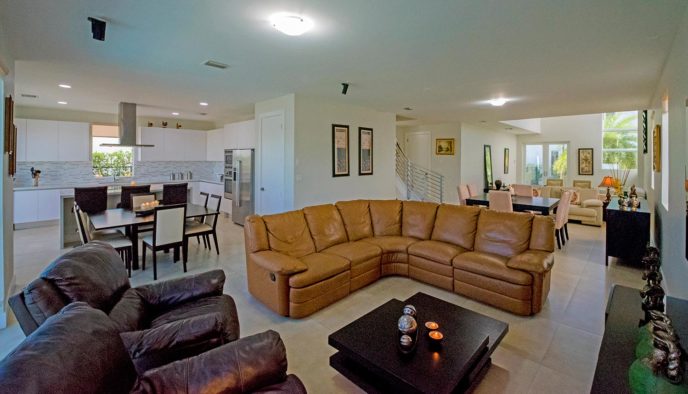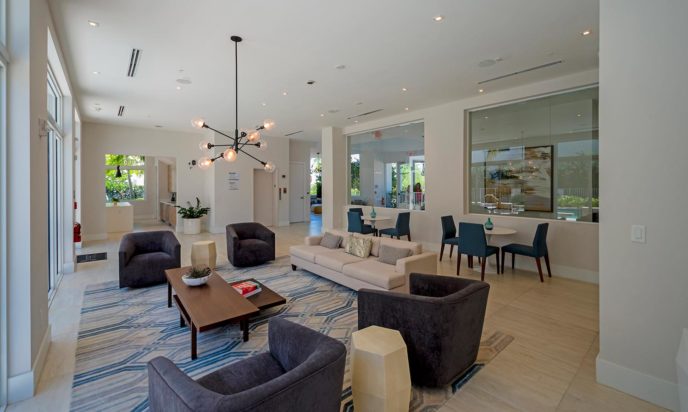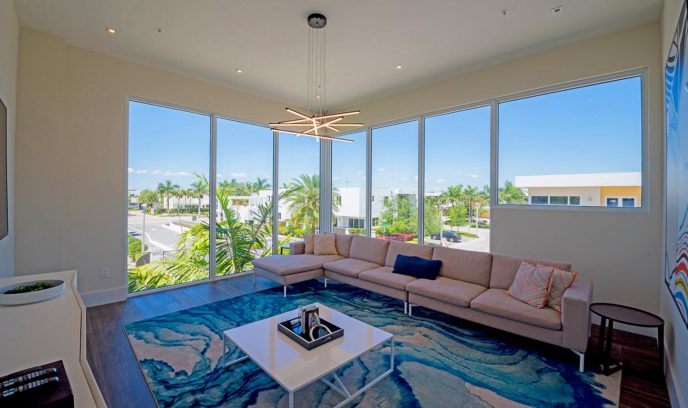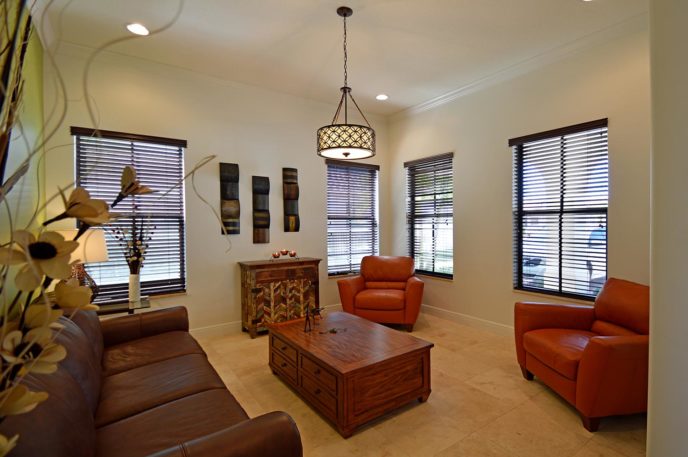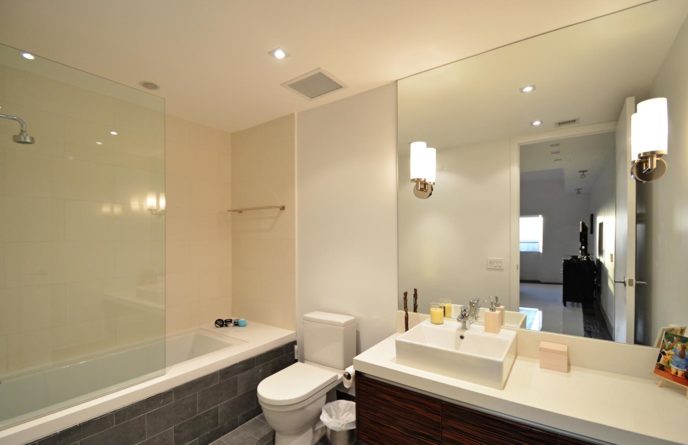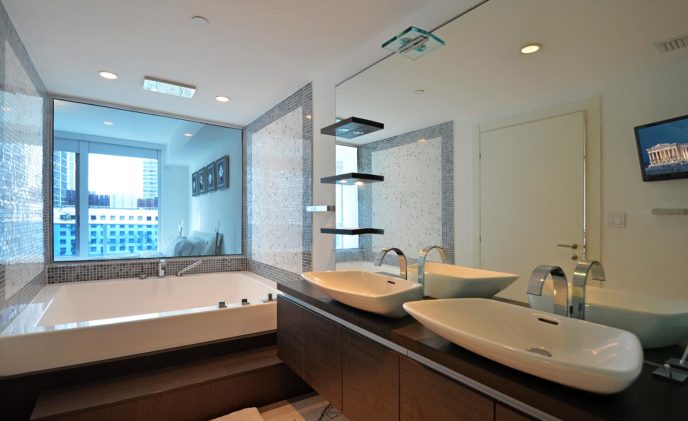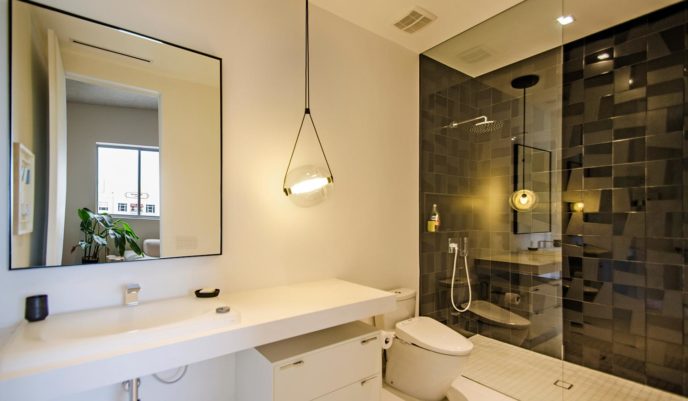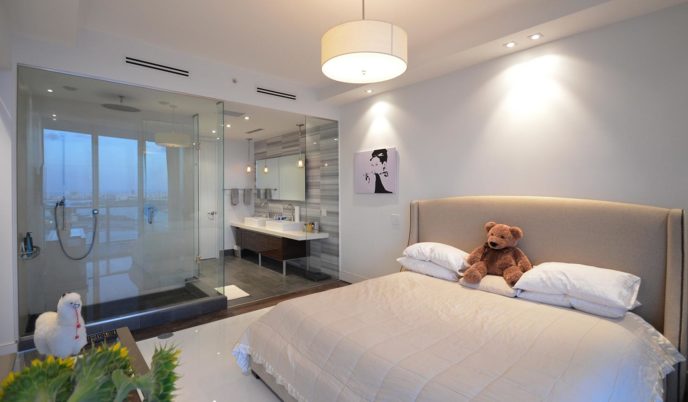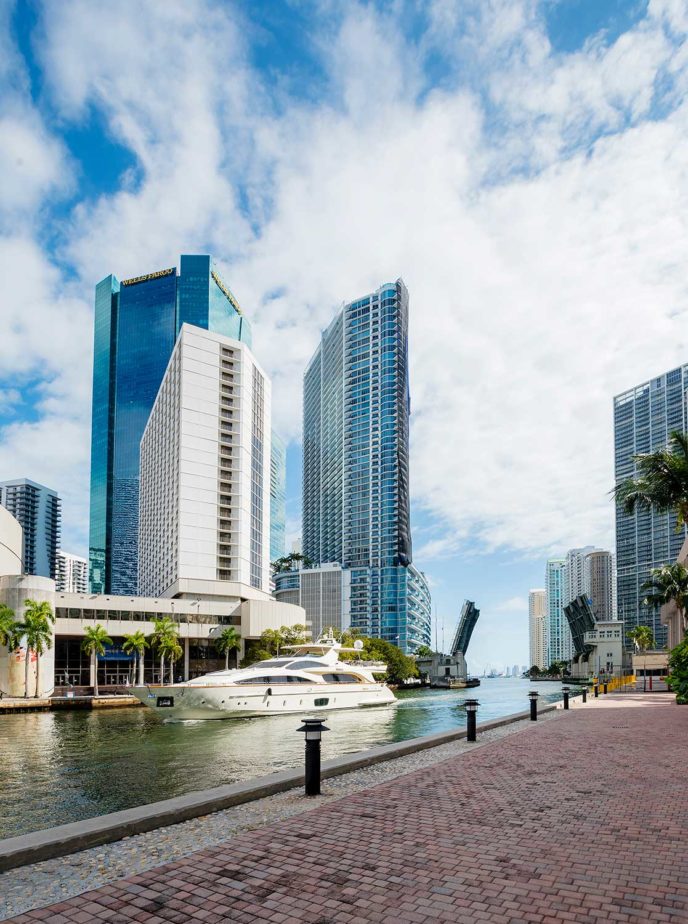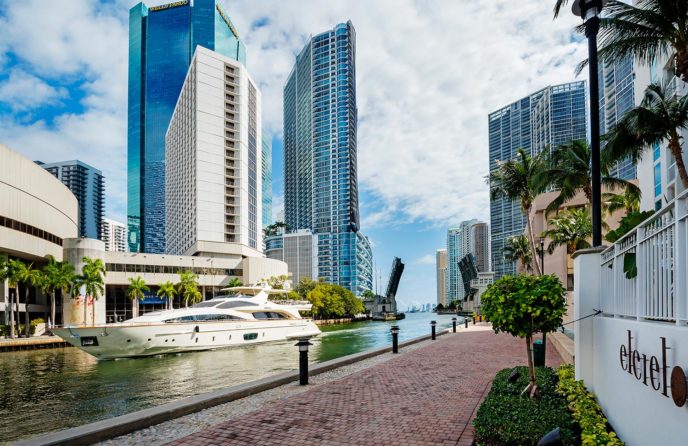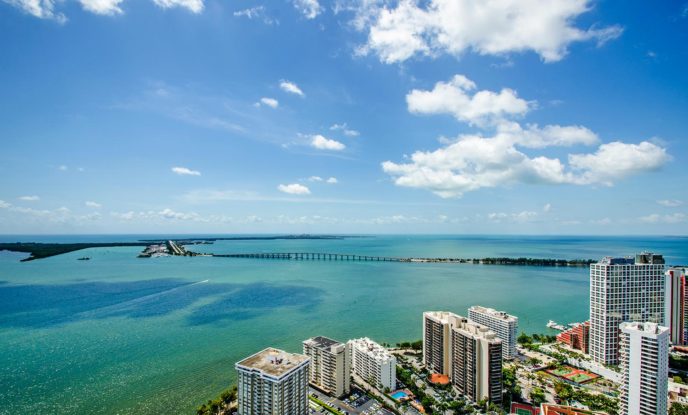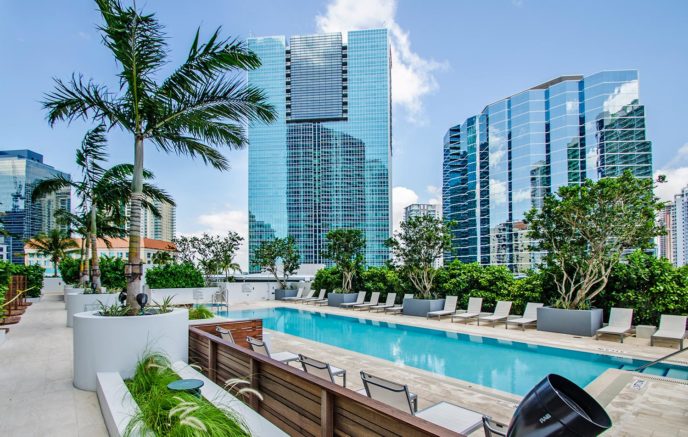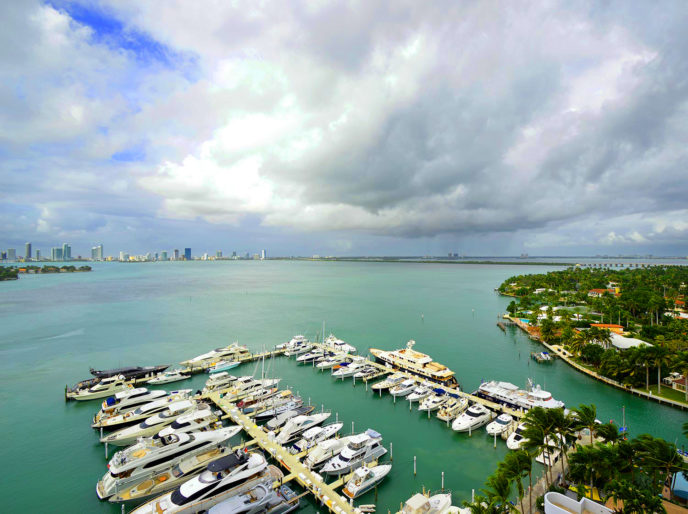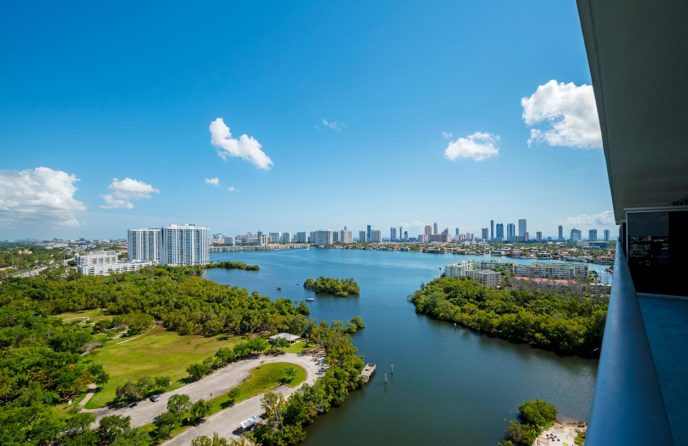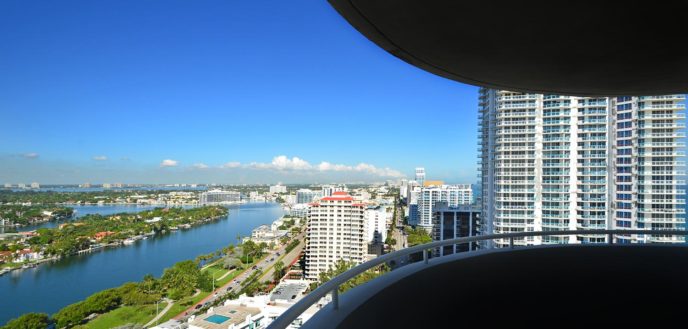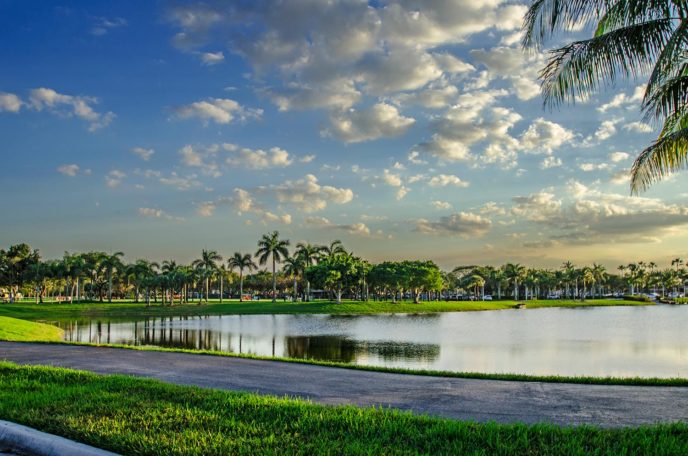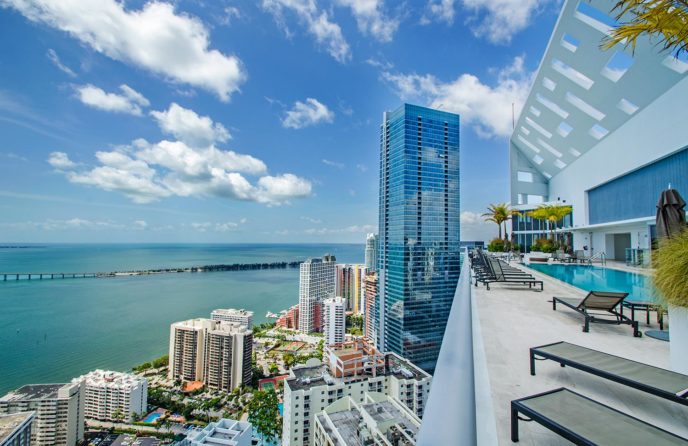Utilizing the Elements of Composition
LINES
Lines are the strongest and most important and influential. Without the line, there can be no shape. Without shape, there can be no form. Without form, there can be no texture and there can be no pattern. Lines are powerful tools that can be used smartly to lead the viewer’s eyes towards the point of interest in a photograph, and alter the overall feeling and mood of an image.
SHAPE
The second most fundamental element of design shape, because the shape is the principal element of identification. The most important thing to keep in mind when the shape is the essential element in an image is that it is best defined when the subject is front-lit or backlit. For that shape to be successfully identifiable, it needs to be in strong contrast with its surroundings so that it is detached from the clutter around it.
FORM
The form is basically a three-dimensional shape and is best accentuated by side lighting since it casts soft elegant shadows, and the difference between light and shadows gives a better illustration of the depth of an object and amplifies the sensual understanding of its meaning and message.
TEXTURE
No design element is more capable of moving your deep emotions than texture. The challenge of seeing and capturing texture is mostly based on one element – light. Texture can be accentuated by the sidelight of early sunny mornings or early evenings, or by overhead light when the sun is vertical and high in the sky.
In this section, we explain the different aspects of photography and video that make them stand out and leave a more outlasting impression.
Telling the Story
We all love a good story. A story is usually made up of relevant words, and sometimes pictures crafted together. Photographs on their own also tell stories.
Angular Photography
Without angles, there can be no shape or form and without form textures and patterns are not possible. Angles define lines, the strongest and most important and influential part of the composition. These are powerful tools that can be used smartly to lead the viewer’s eyes towards the point of interest in a photograph, and alter the overall feeling and mood of an image.
Shapes / Forms / Textures – Composition
Another fundamental element shape, because the shape is the principal element of identification. The most important thing to keep in mind when the shape is the essential element in an image is that it is best defined when the subject.
The form is a three-dimensional shape, an illustration of the depth of an object and amplifies the sensual understanding of its meaning.
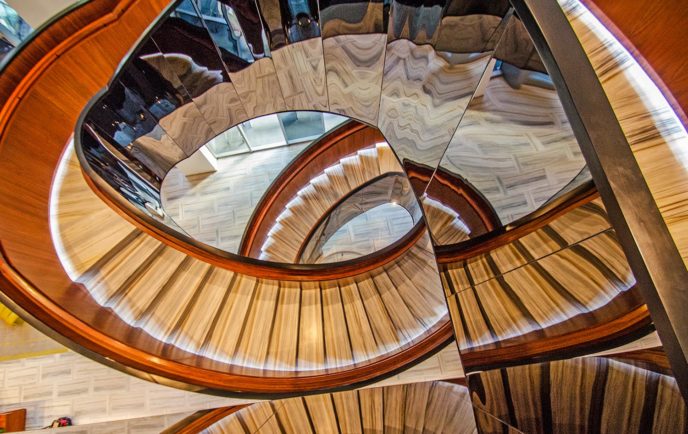
Classic Styling Composition
Over the years despite the advancement in technology and modern culture, this look has become increasingly popular.
It should be noted however that this look does not work with every photo so you really have to experiment and see which photos can benefit from this treatment.
Though the look is extremely popular it is often used in wedding, fashion/makeup and “indie” related websites.
Twilight Photography Composition
A twilight photo is taken usually of the exterior at dusk. It is used to showcase landscape and property lighting, pool lighting and features like fire pits, and also to showcase a beautiful sunset.
Twilight offers a unique lighting scenario, within which ambient light (sunlight) gradually fades, creating a sparse but magical effect that is almost impossible to create artificially. It fades into the artificial light being emitted by street lights. Houses and offices and can sometimes create an ‘un-real’ feel as the shortage of light diminish the eye’s perception of distance.
Daytime & Nighttime Photography Composition
Night photography generally has a choice between using artificial lighting and using a long exposure, exposing the shot for seconds, minutes, or even hours in order to give the photosensitive film or an image sensor enough time to capture a desirable image.
With the progress of high-speed films, higher-sensitivity digital sensors, wide-aperture lenses, and the ever-greater power of urban lights, night photography is increasingly possible using available light.
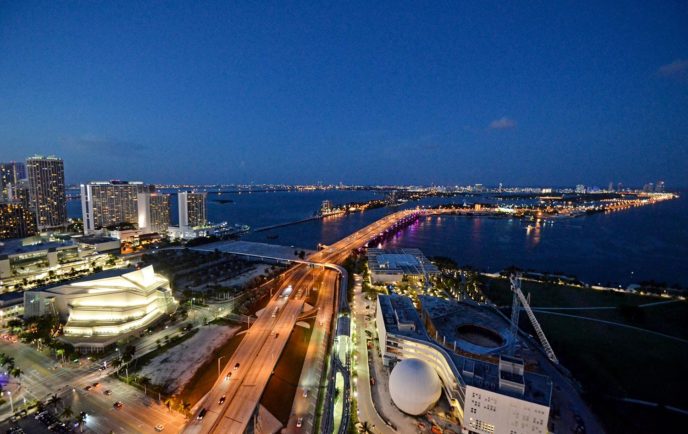
Details in Photography Composition
Detail photography is the photographing structural areas and featured materials and shapes that are both aesthetically pleasing and accurate representations of their subjects.
Also, known as Architectural photography is commonly described as the form of photography that uses buildings and other structures as subjects.
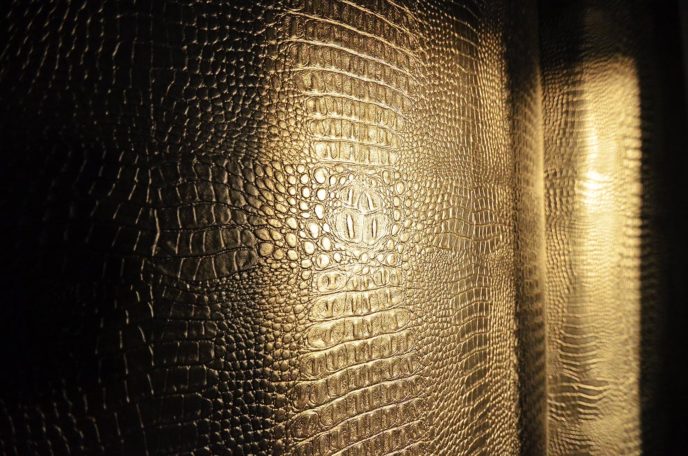
Exterior Composition
The chances are that this is the first image most people will see when either looking at your portfolio or property images in a real estate window.
The outside is everything; it is what determines, in most cases, whether people wish to look at the rest of a property, making this specific shoot one of the most important.
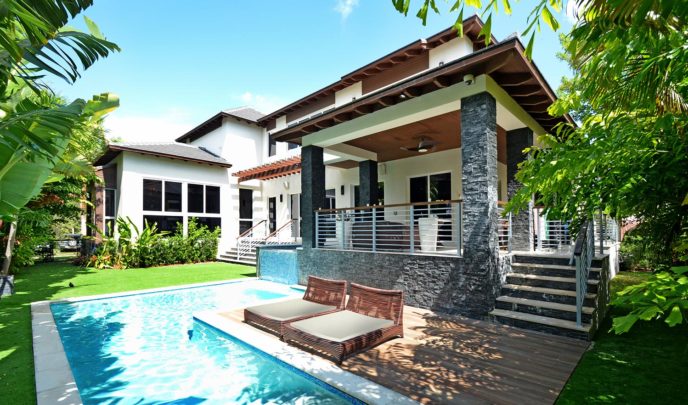
Industrial Look & Composition
It’s about proudly displaying the building materials that many try to conceal. It’s about adding a raw, unfinished look to the most thoughtfully designed homes. It’s about selecting pieces that are as much about function as style. It’s industrial interior design, and today’s post celebrates this growing trend. Used in loft apartments, modern homes and commercial spaces around the world, industrial design showcases neutral tones, utilitarian objects, and wood and metal surfaces.
The result: a “warehouse look” that combines a true industrial feel with a range of other styles, from the earthy to the polished. This look isn’t just for “unfinished” spaces. In fact, many design enthusiasts who celebrate upscale interiors are incorporating industrial style into their homes through features such as stainless steel surfaces, metal light fixtures, and vintage furniture. Retailers such as Restoration Hardware have helped foster a love of industrial design with their thoughtfully designed pieces based on specific furnishings of the past. Today we highlight a few key traits of industrial interior design so you can bring this look home…
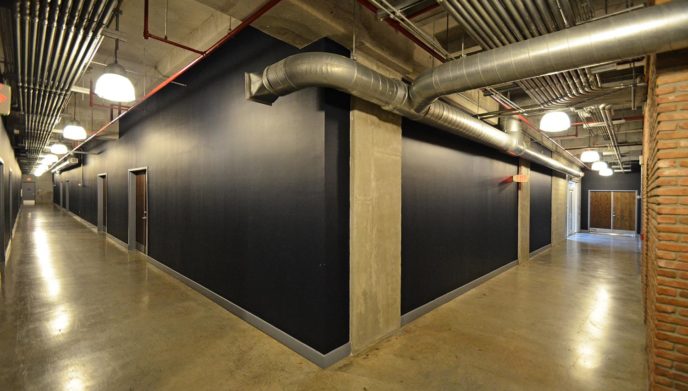
Interiors Photography Composition
It presents that photo as a work of art, rather than a photo that documents something. Artful interior design photography composition also makes the design elements stand out.
Interior Photography Composition Is Key Focusing on composition will elevate an image.
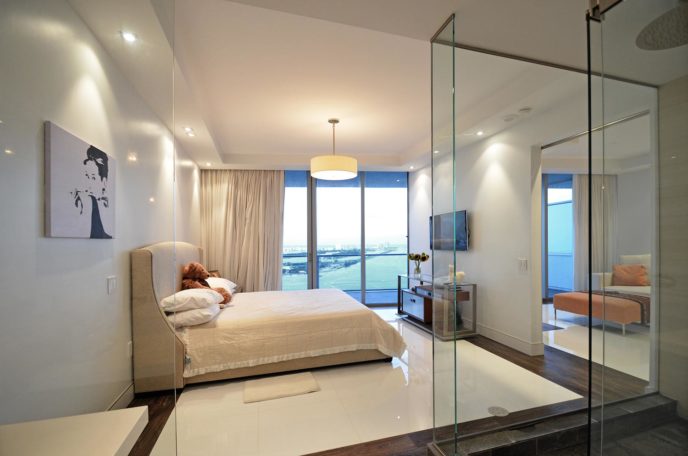
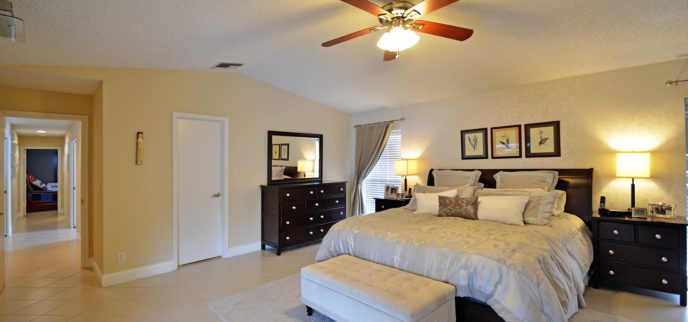
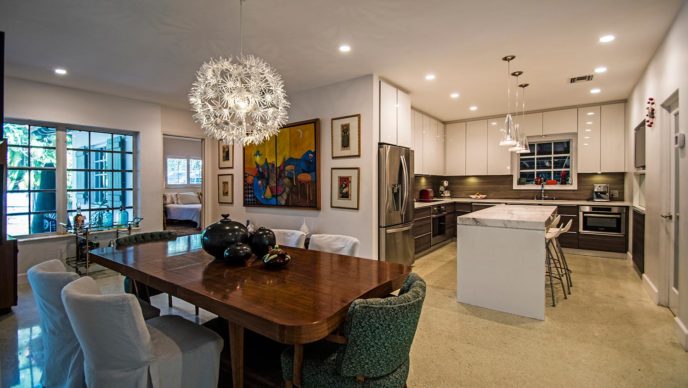
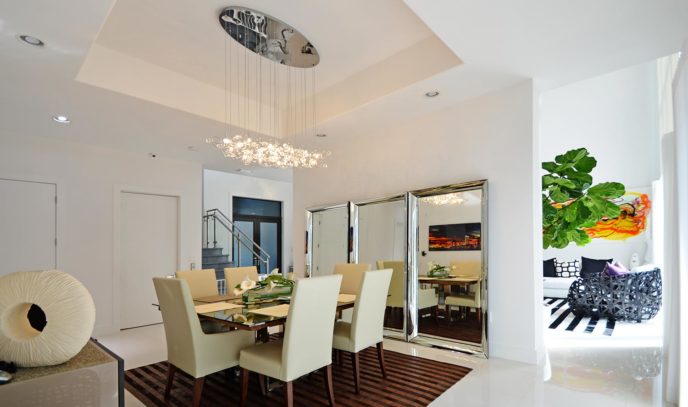
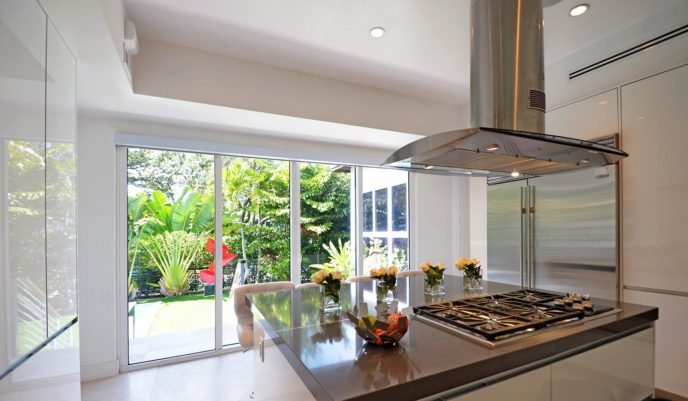
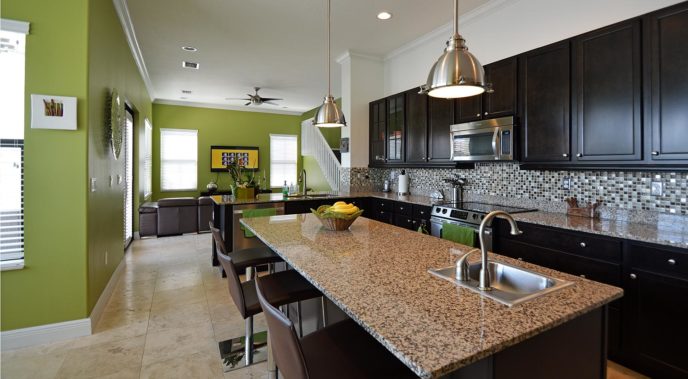
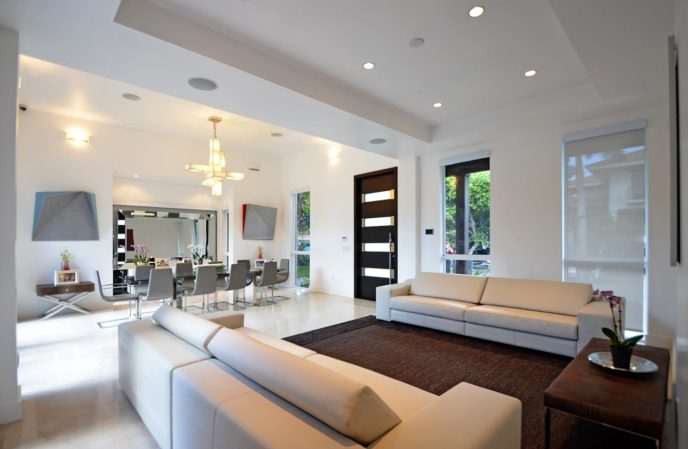
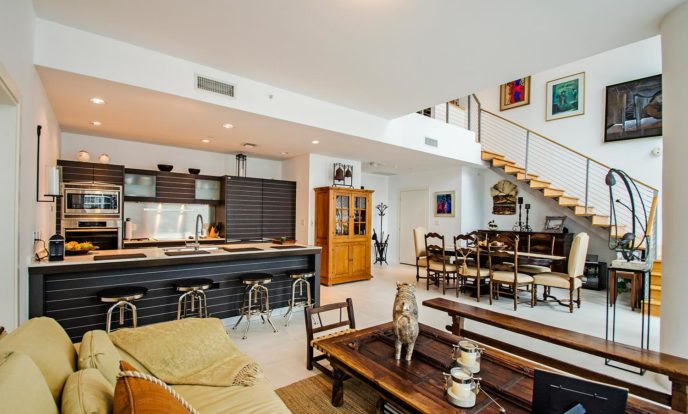
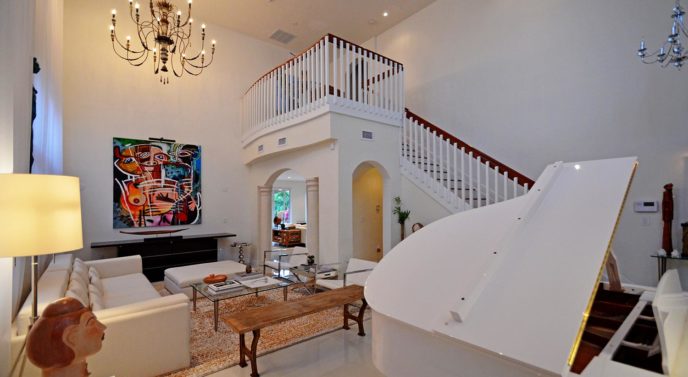
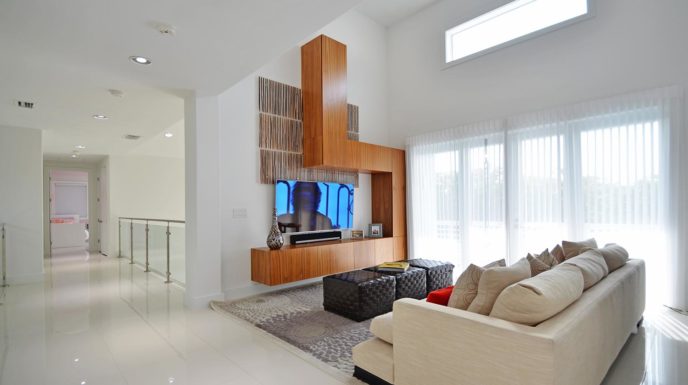
NO Reflection Photography Composition
It’s about displaying materials, textures and overall viewing when present in the space. We utilize a technique that requires post-production work.
The result is “amazing”, and the final composition delivers a true “ghost effect” feel.
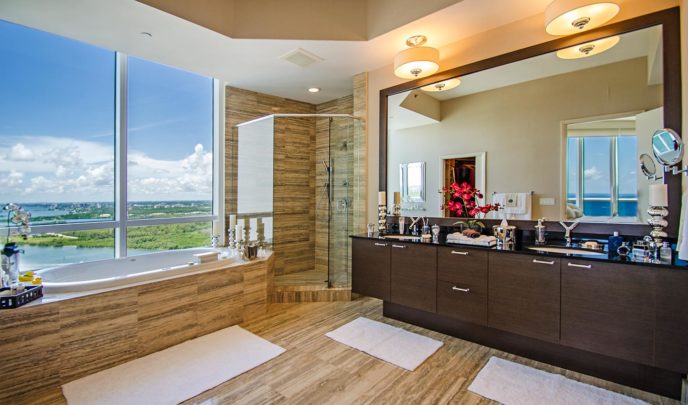
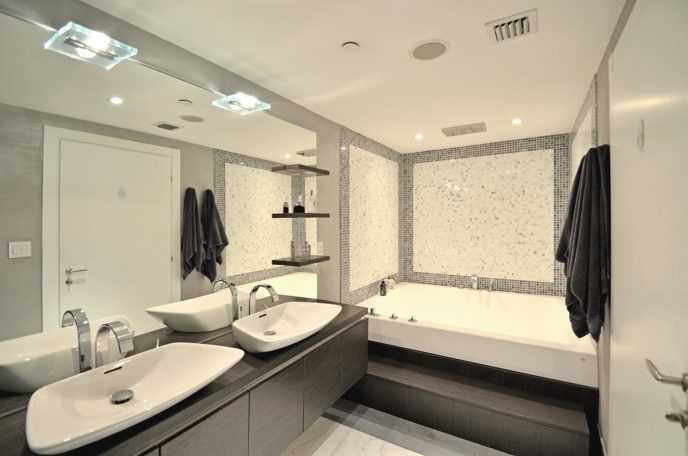
Panoramic Composition
It is a technique of photography, using specialized equipment or software, that captures images with horizontally elongated fields of view. It is sometimes known as wide format photography.
An image made with an ultra-wide-angle fisheye lens covering the normal film frame of 1:1.33 is not automatically considered to be a panorama. An image showing a field of view approximating, or greater than, that of the human eye – about 160° by 75° – may be termed panoramic. This generally means it has an aspect ratio of 2:1 or larger, the image being at least twice as wide as it is high. The resulting images take the form of a wide strip.
Perspective Photography Composition
When it comes to photography, perspective is just as important as it is in any other field that deems the concept to be of particular importance; in fact, perspective in photography sort of synthesizes the psychological, philosophical, and geometrical uses of perspective to affect how we create, perceive, and interpret photographic content.
In short, perspective refers to the relationship of objects in an image — the space between them, their relative size, their placement within the scene.
Portrait & Landscape Composition
This stems from our natural visual experience. When we look at a person, our vision focuses on her and instinctively excludes everything around her. When we look at a landscape, our field of vision opens up to capture everything that is in front of us.
With a portrait-oriented photo, vertical subjects such as a person or their face fit naturally within the vertical frame of the image. The long edges of the image give the visual sensation of compression and elongation: the subject is clearly put forward. The composition of the photo fits our natural visual experience.
Likewise, with a landscape-oriented photo, horizontal subjects like a landscape can be captured in their full-length: this mimics their full extent in our visual field. Here too, the long edges of the image compress the subject and accentuate the visual effect of spreading: the subject is put forward. The composition is in inline with our natural visual experience.
Composition & Views
Landscape photography commonly involves daylight photography of natural features of land, sky, and waters, at a distance. Some landscapes may involve subjects in a scenic setting nearby, even close-up, and sometimes at night. This technique is perfect to show the view.
